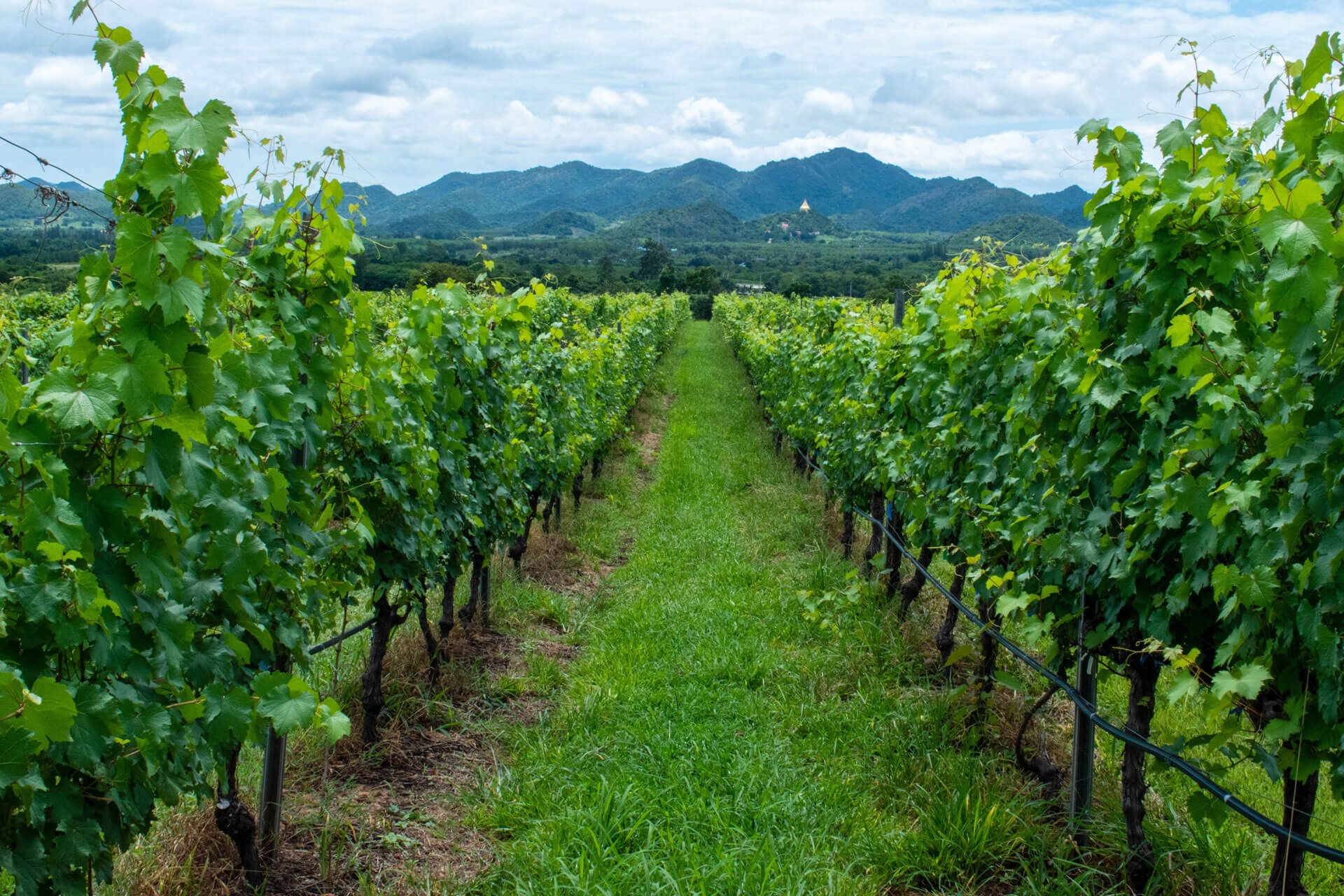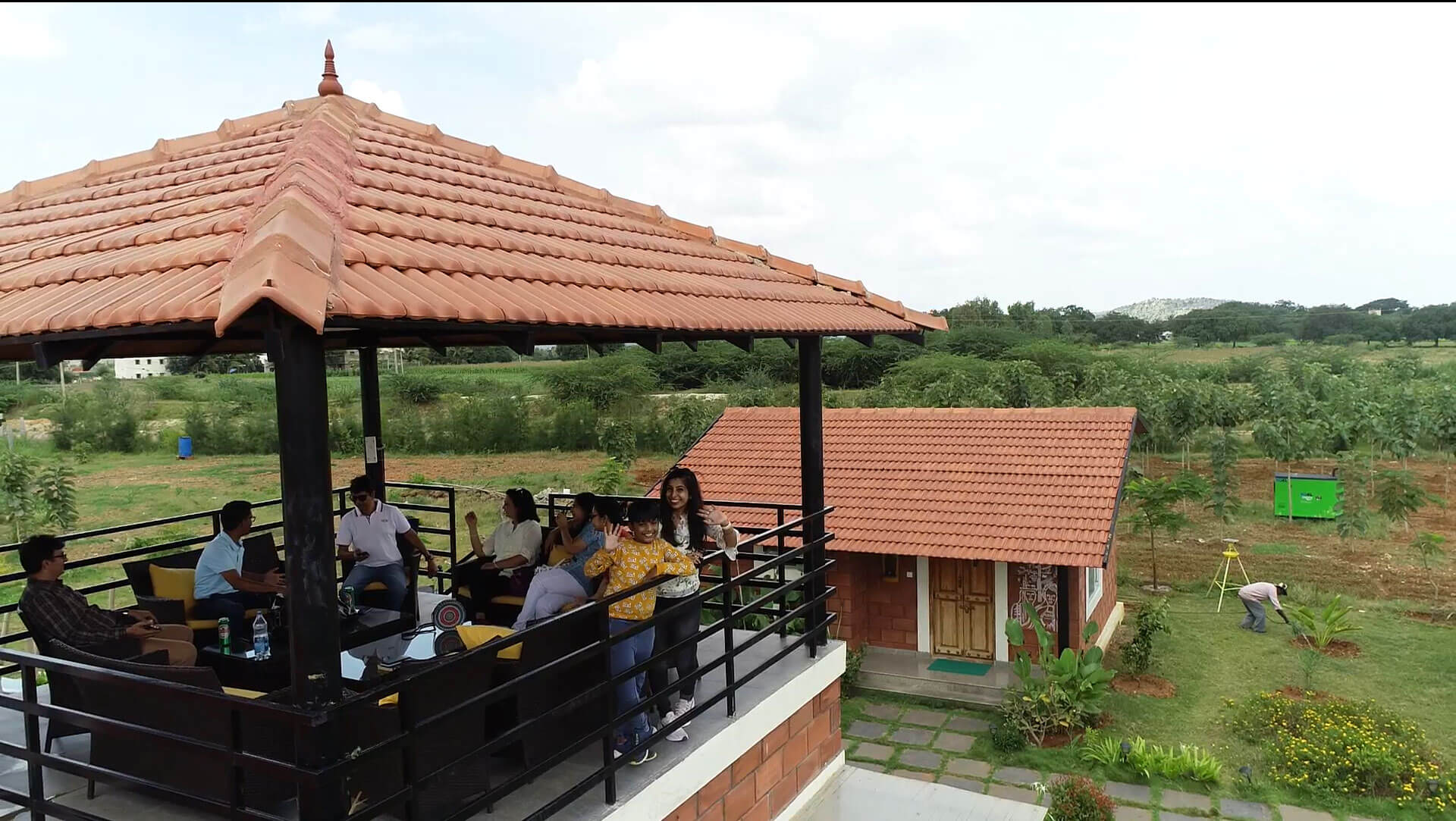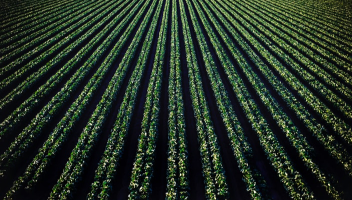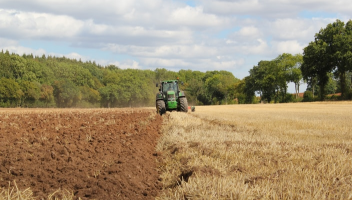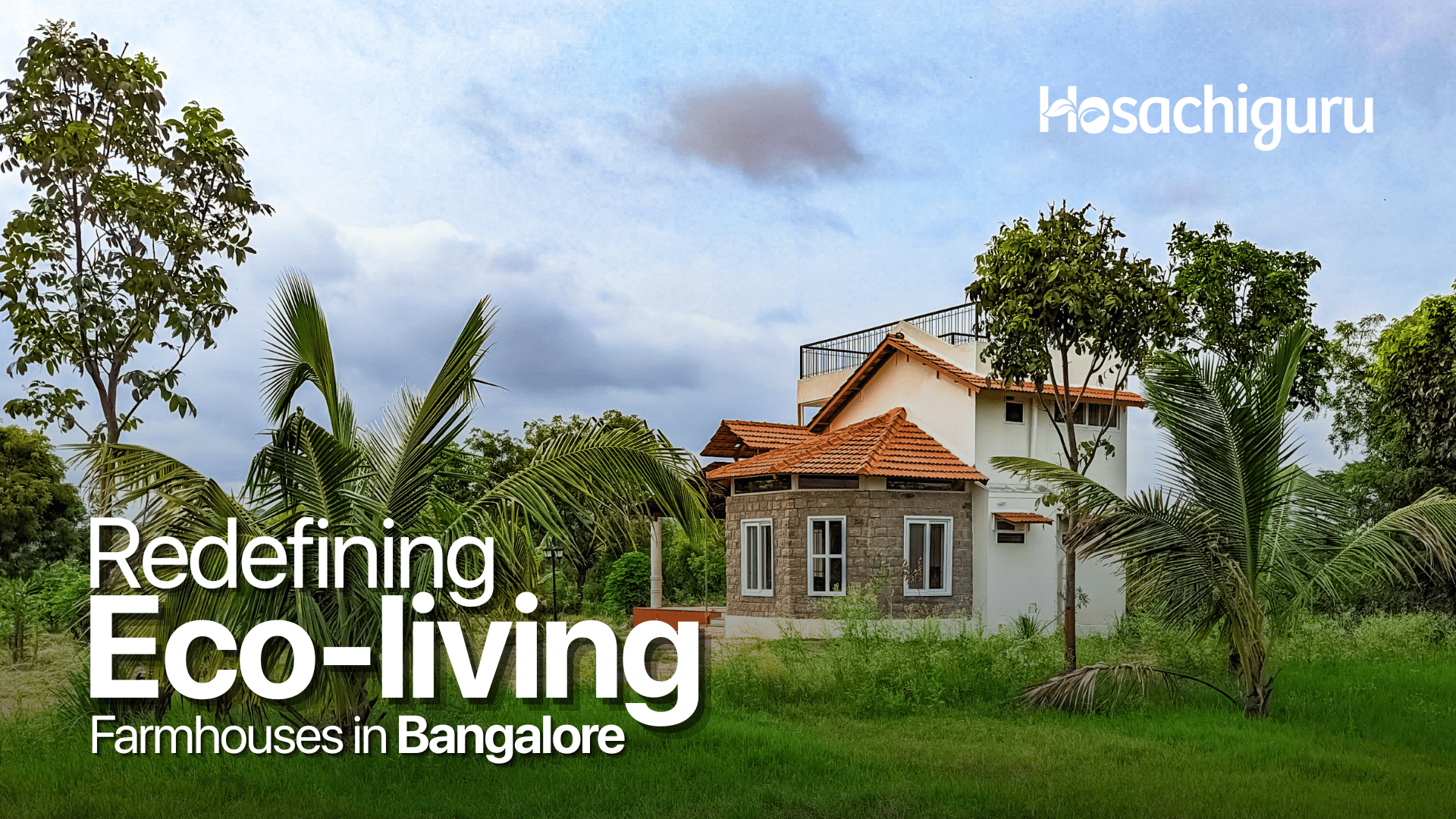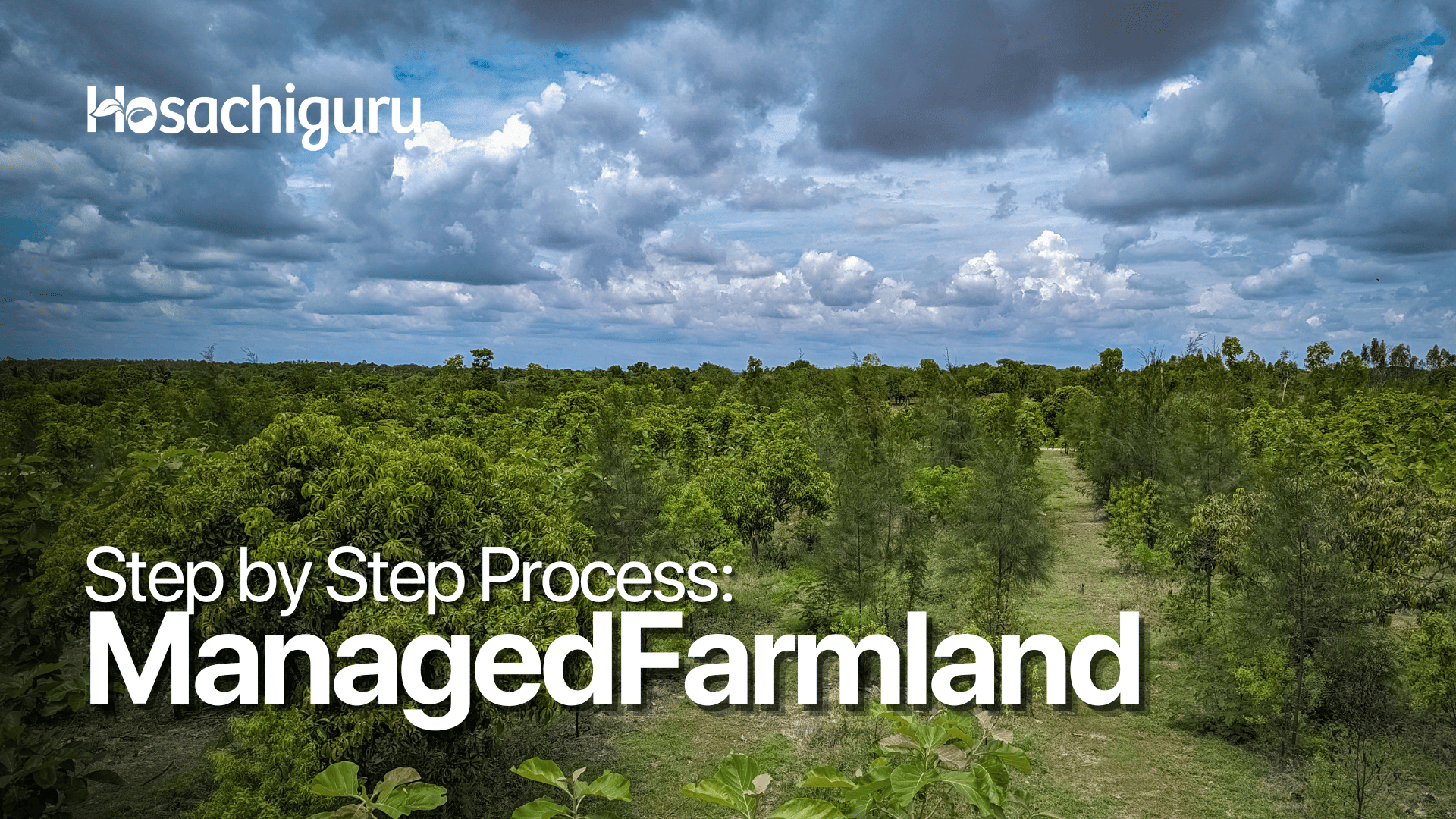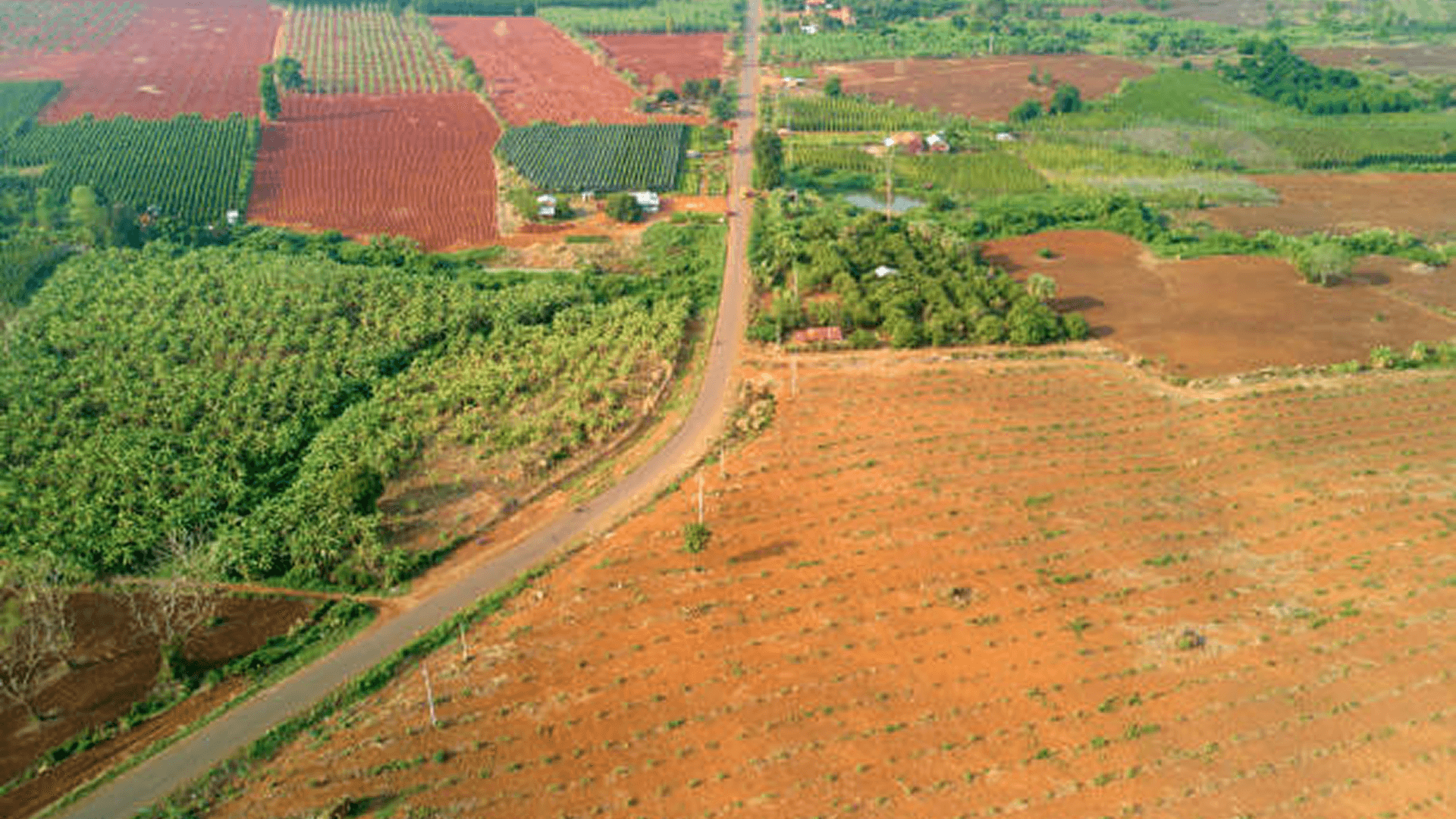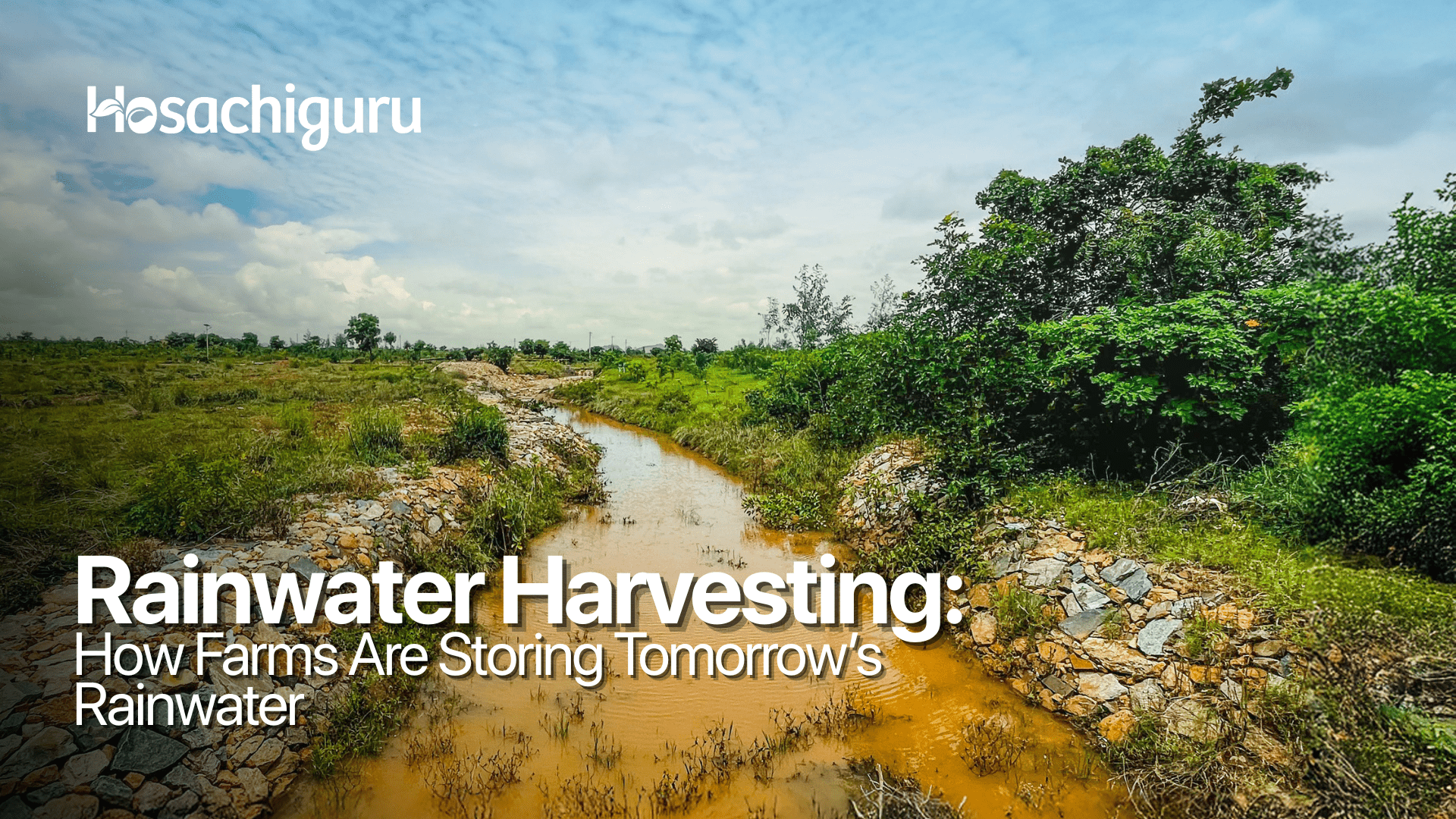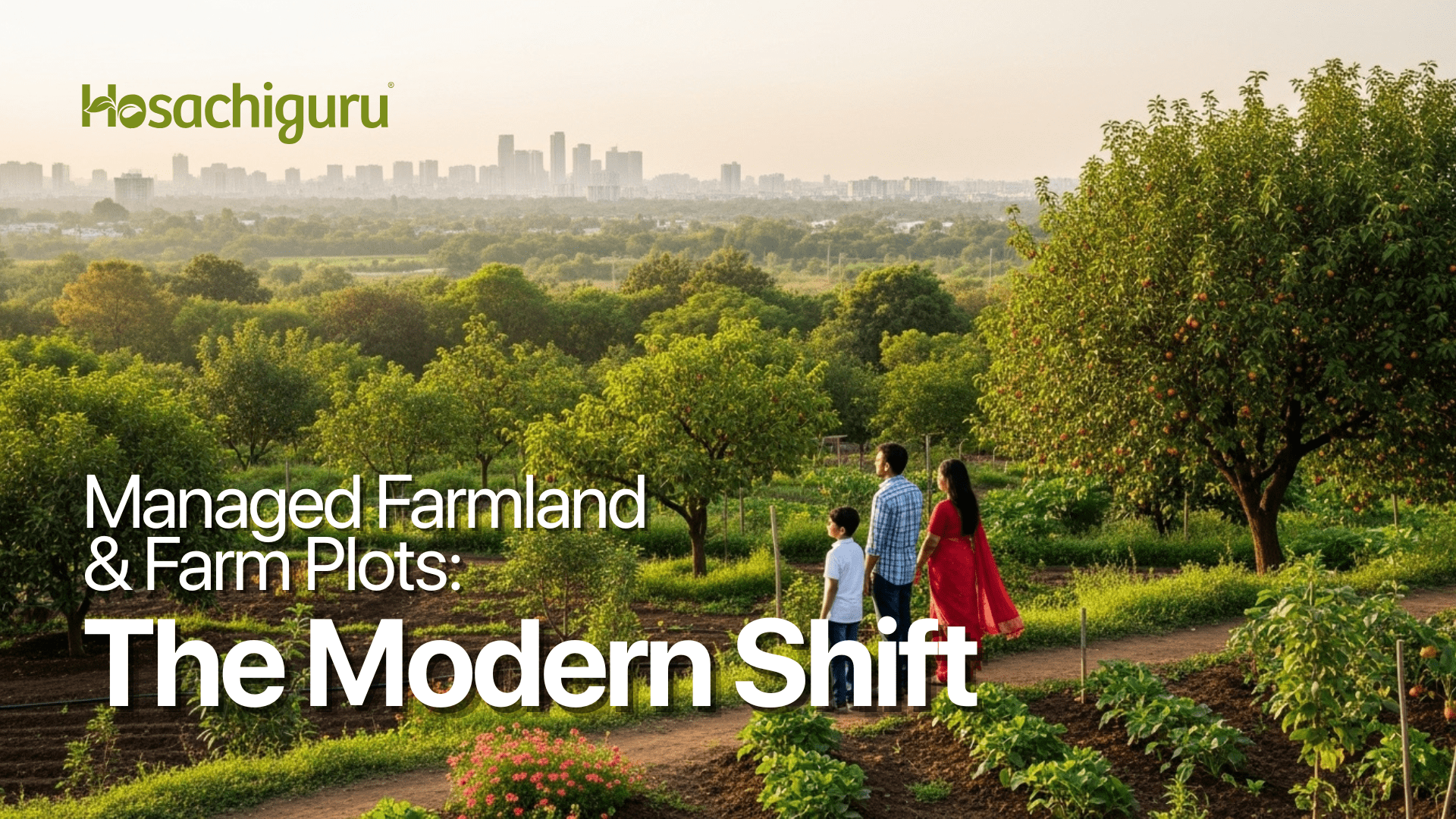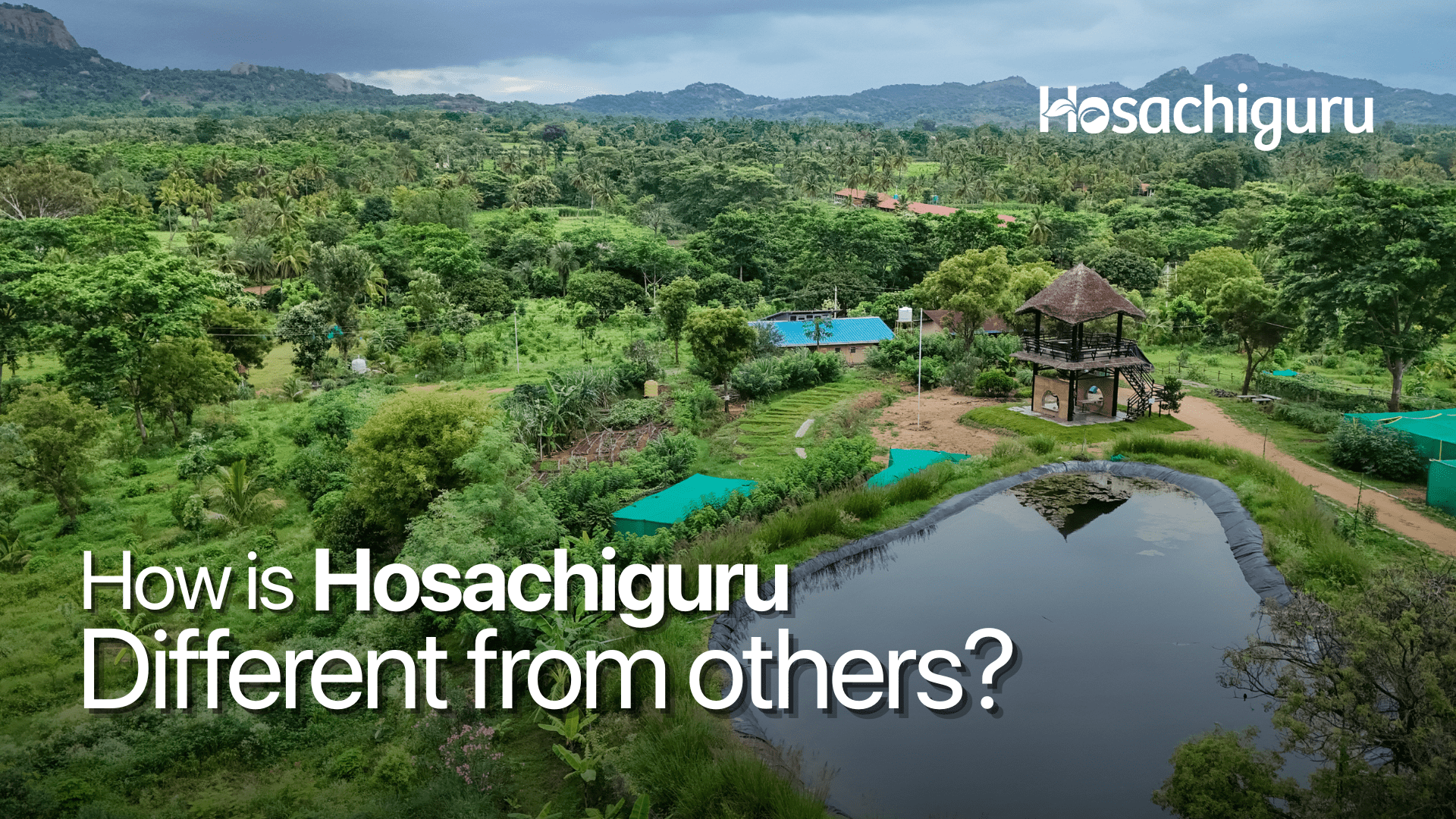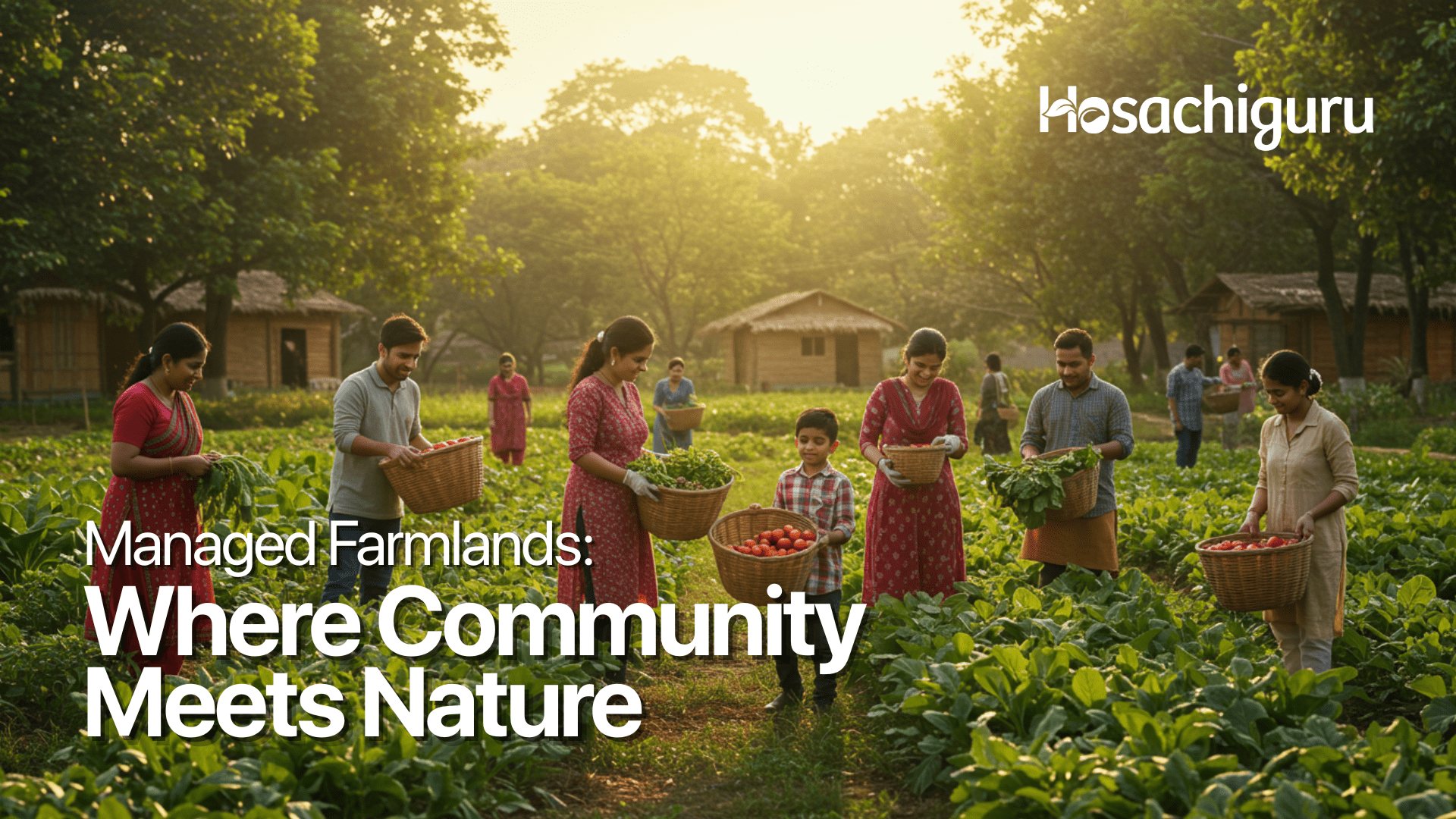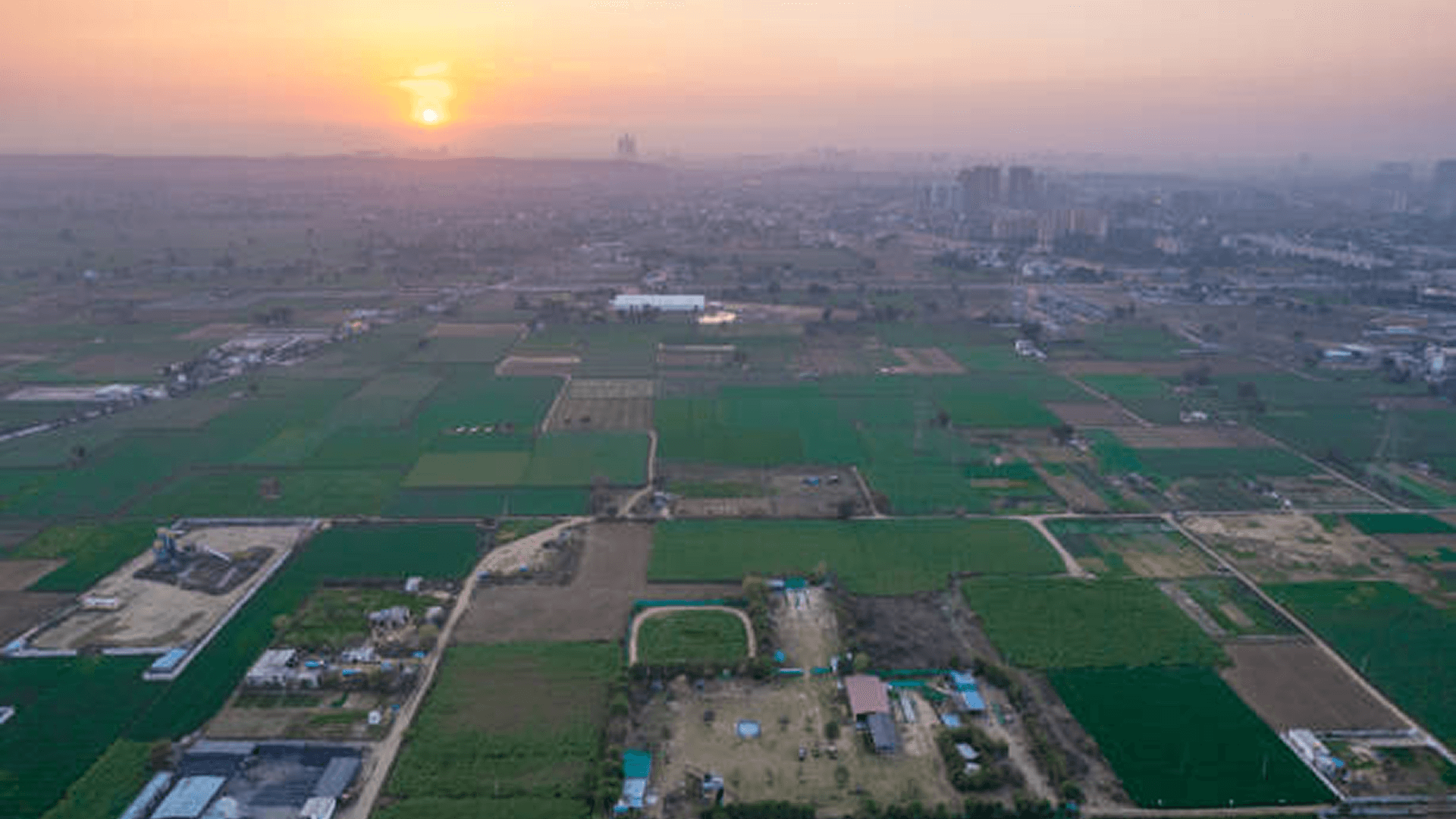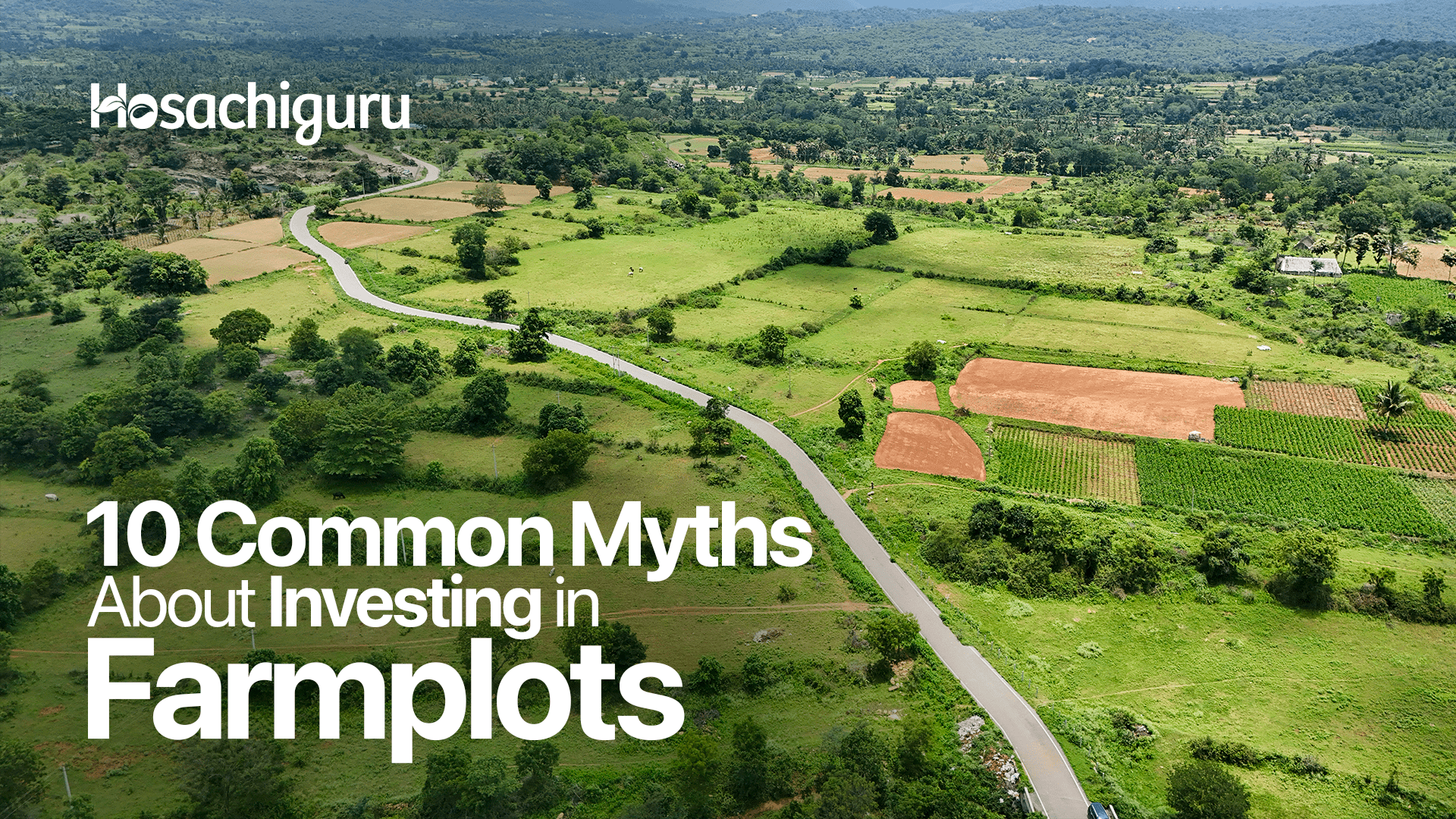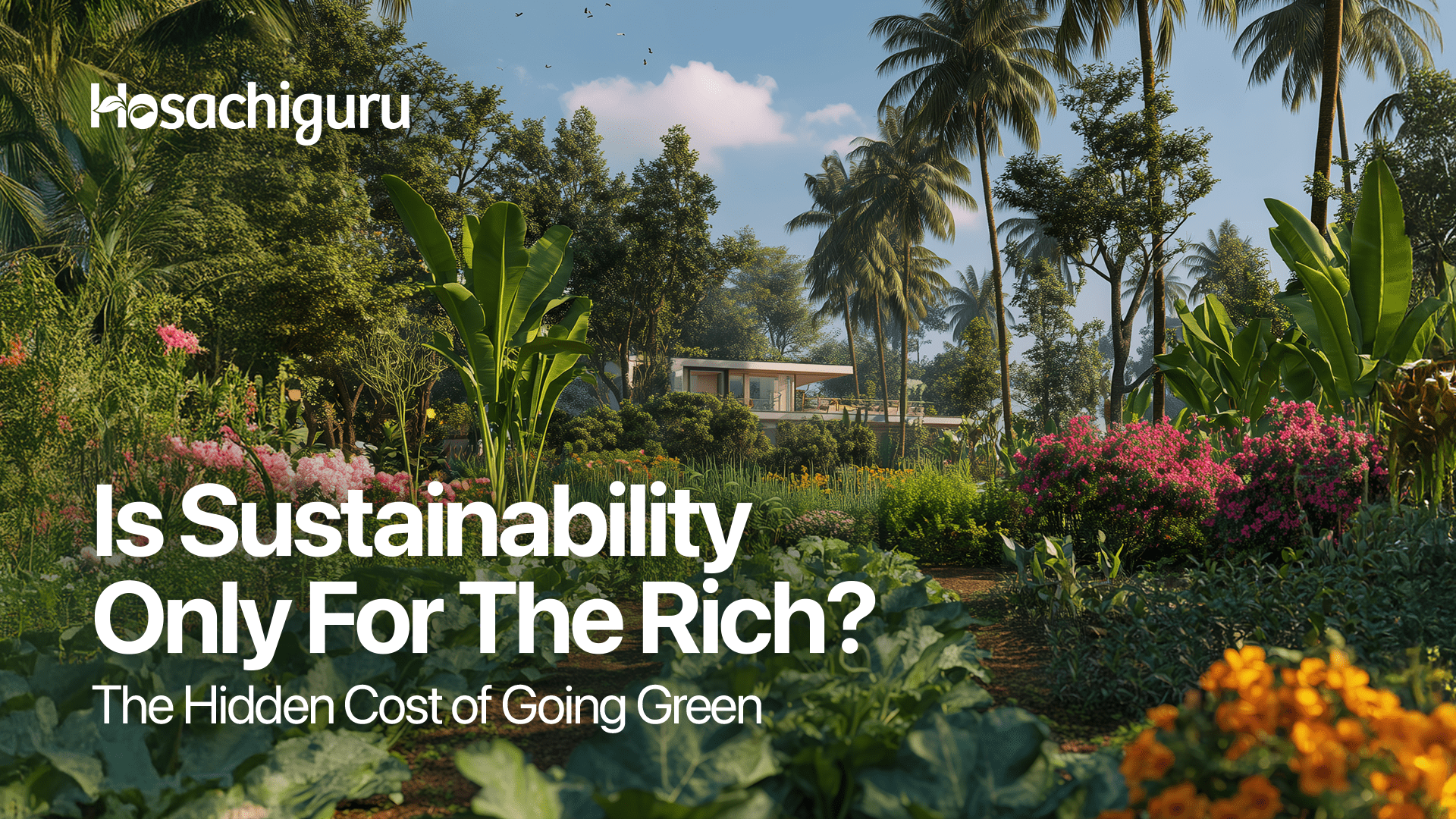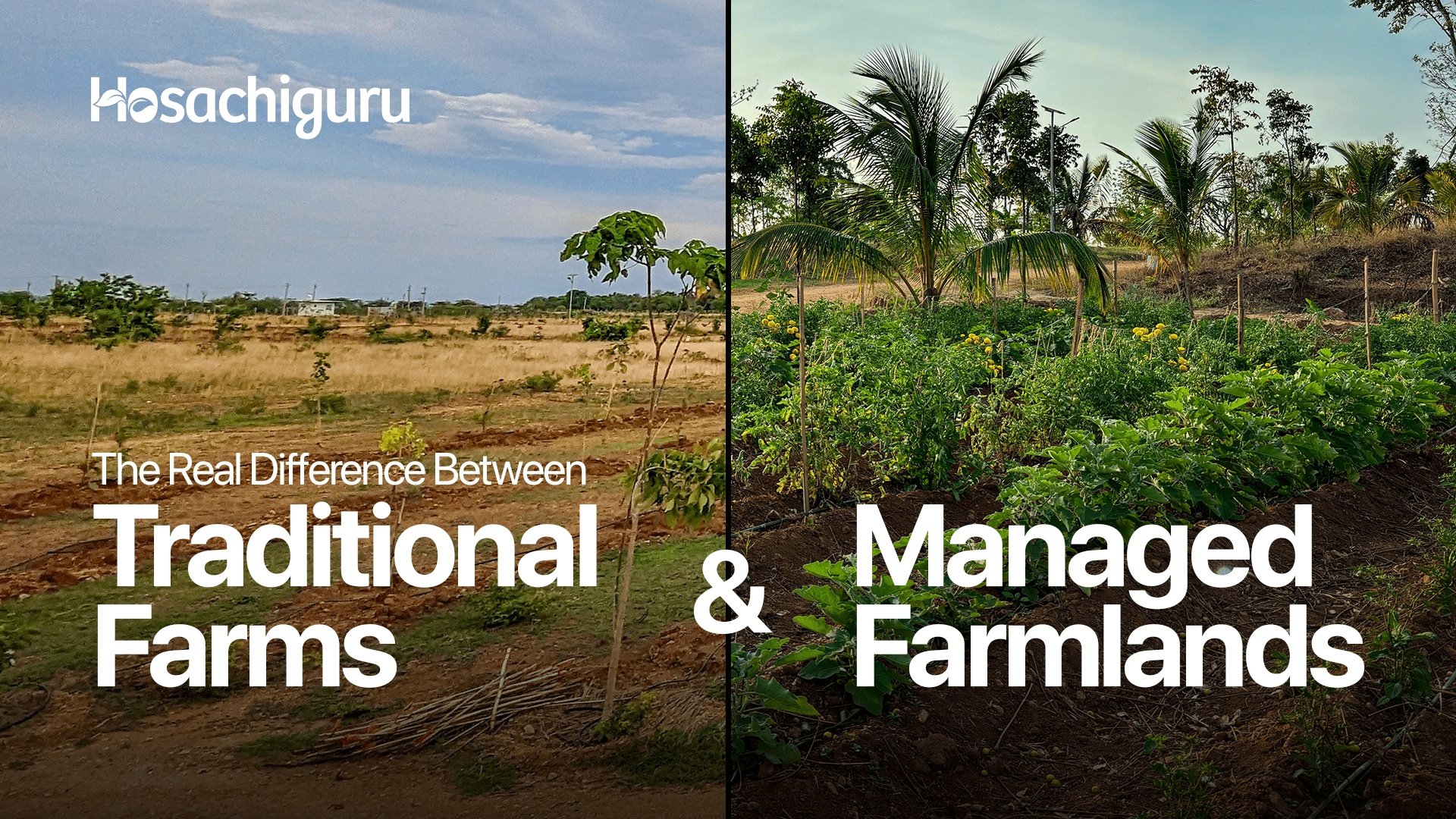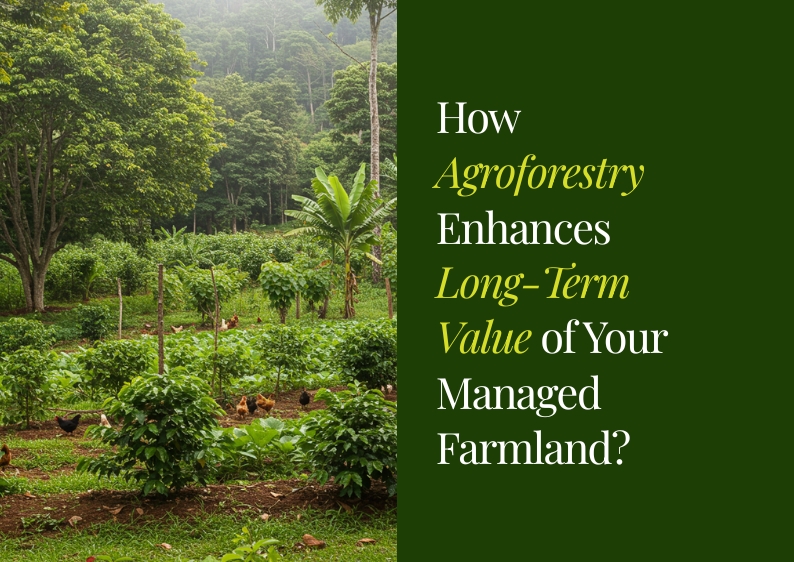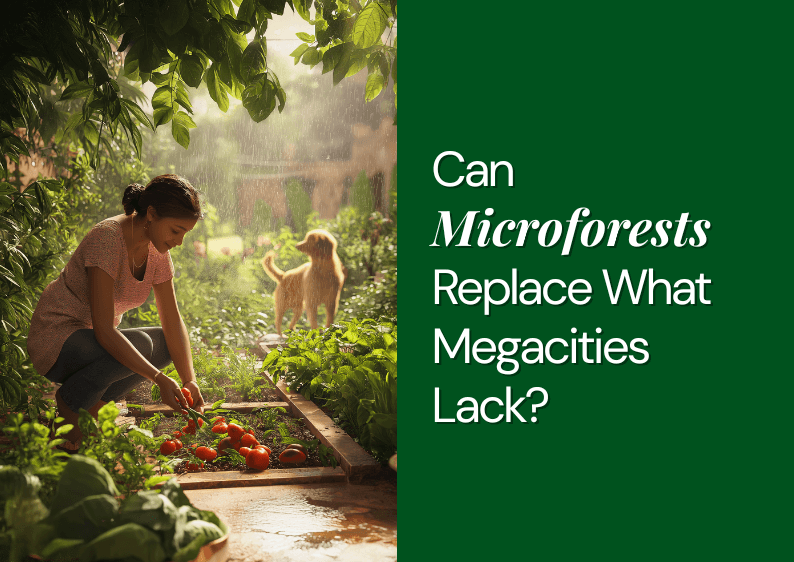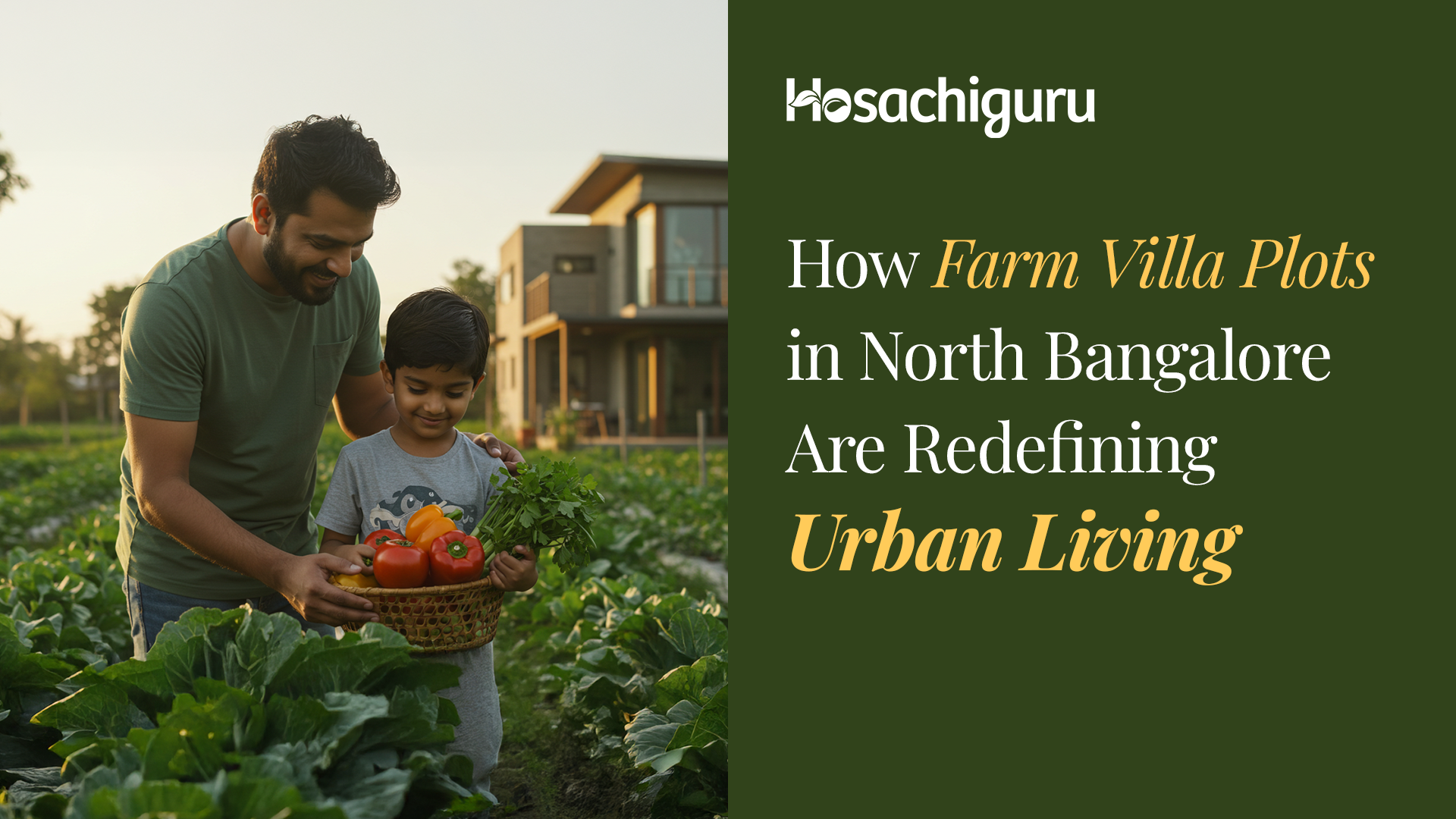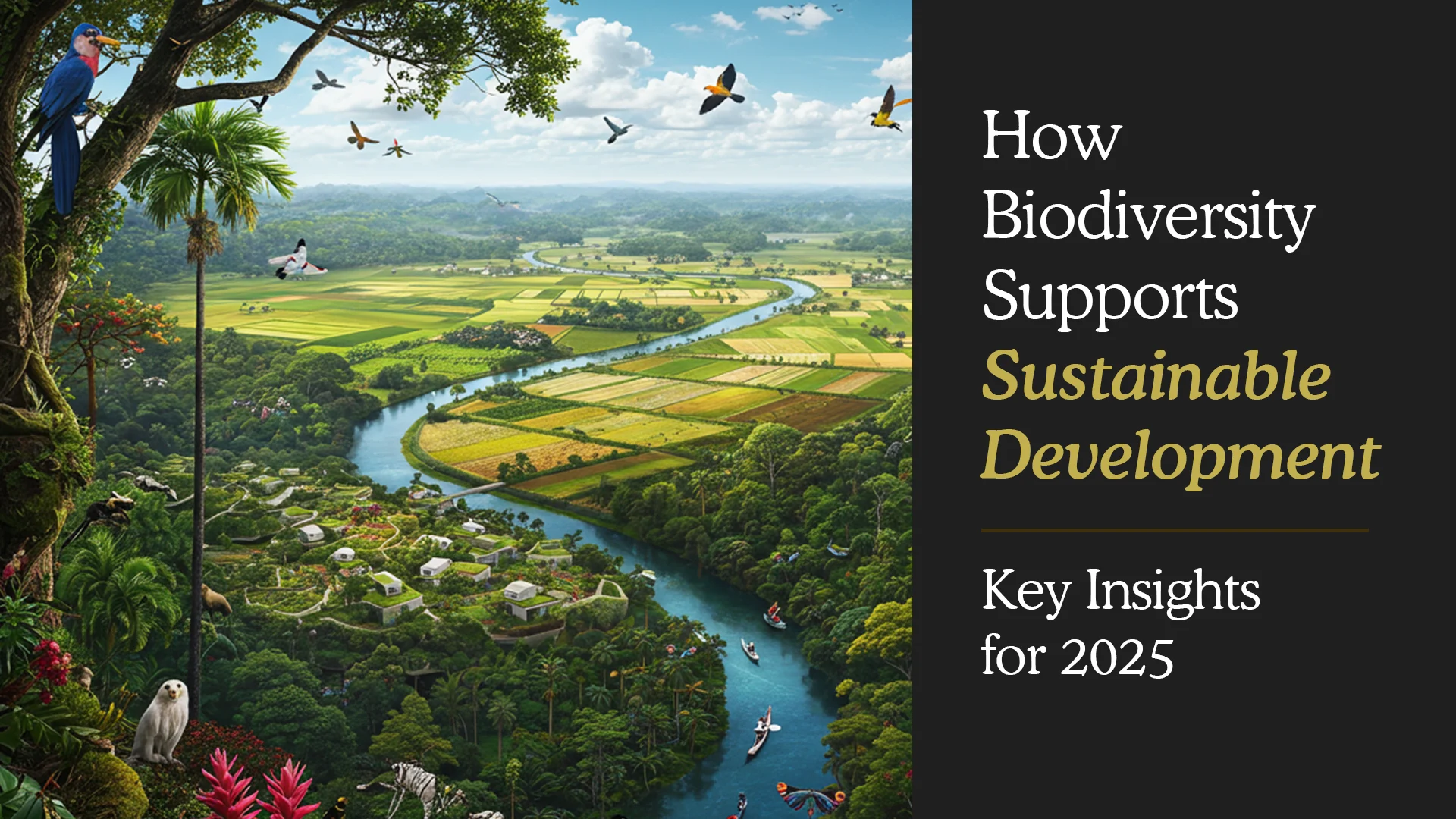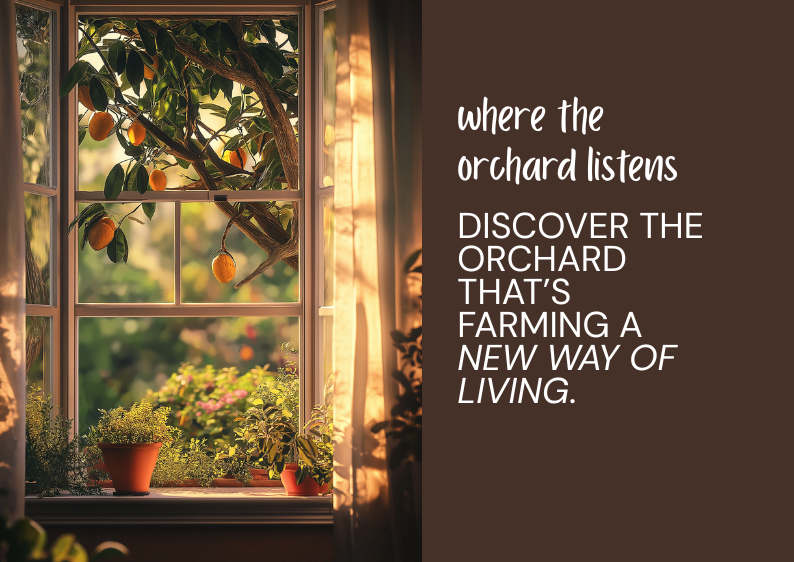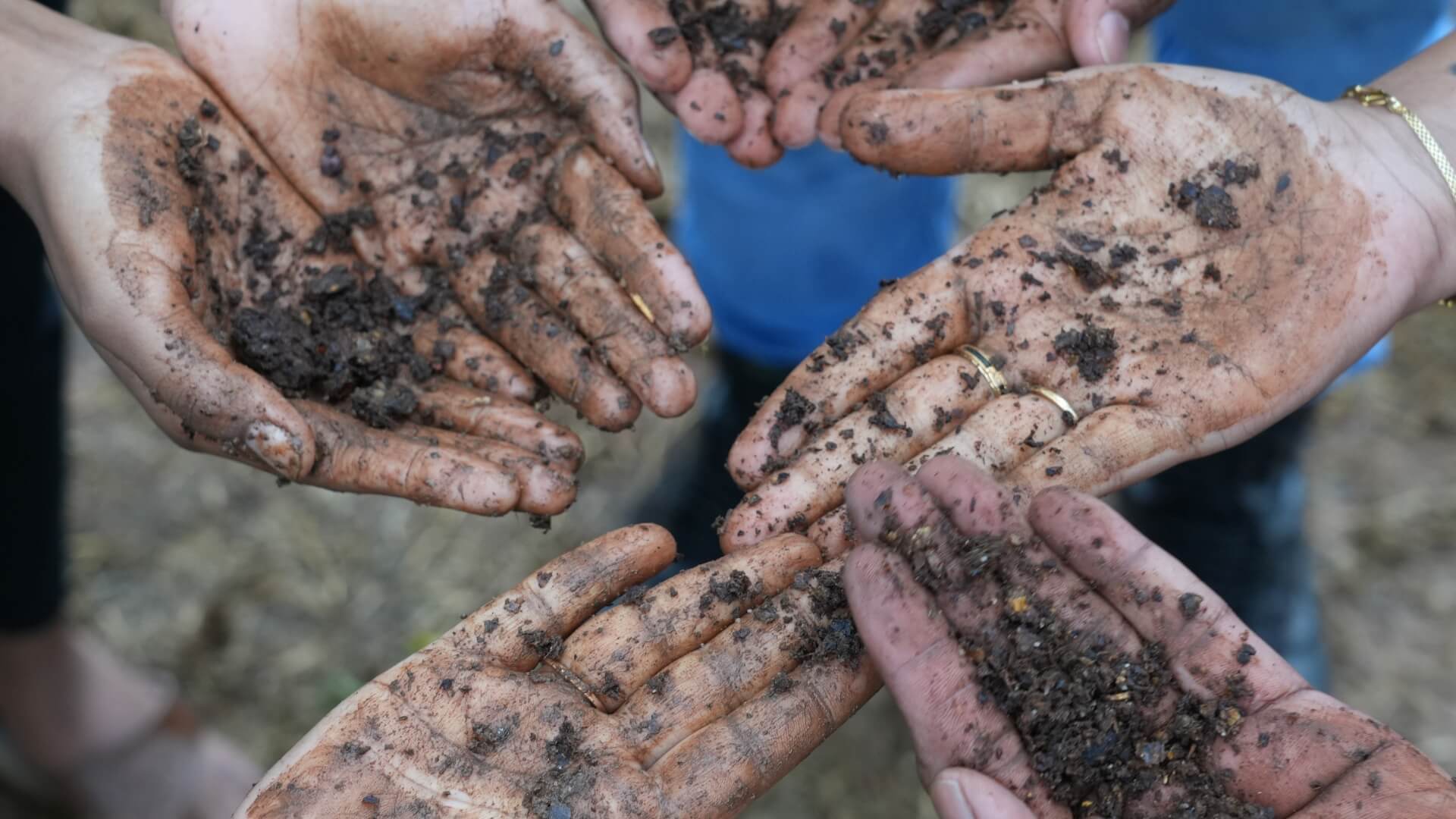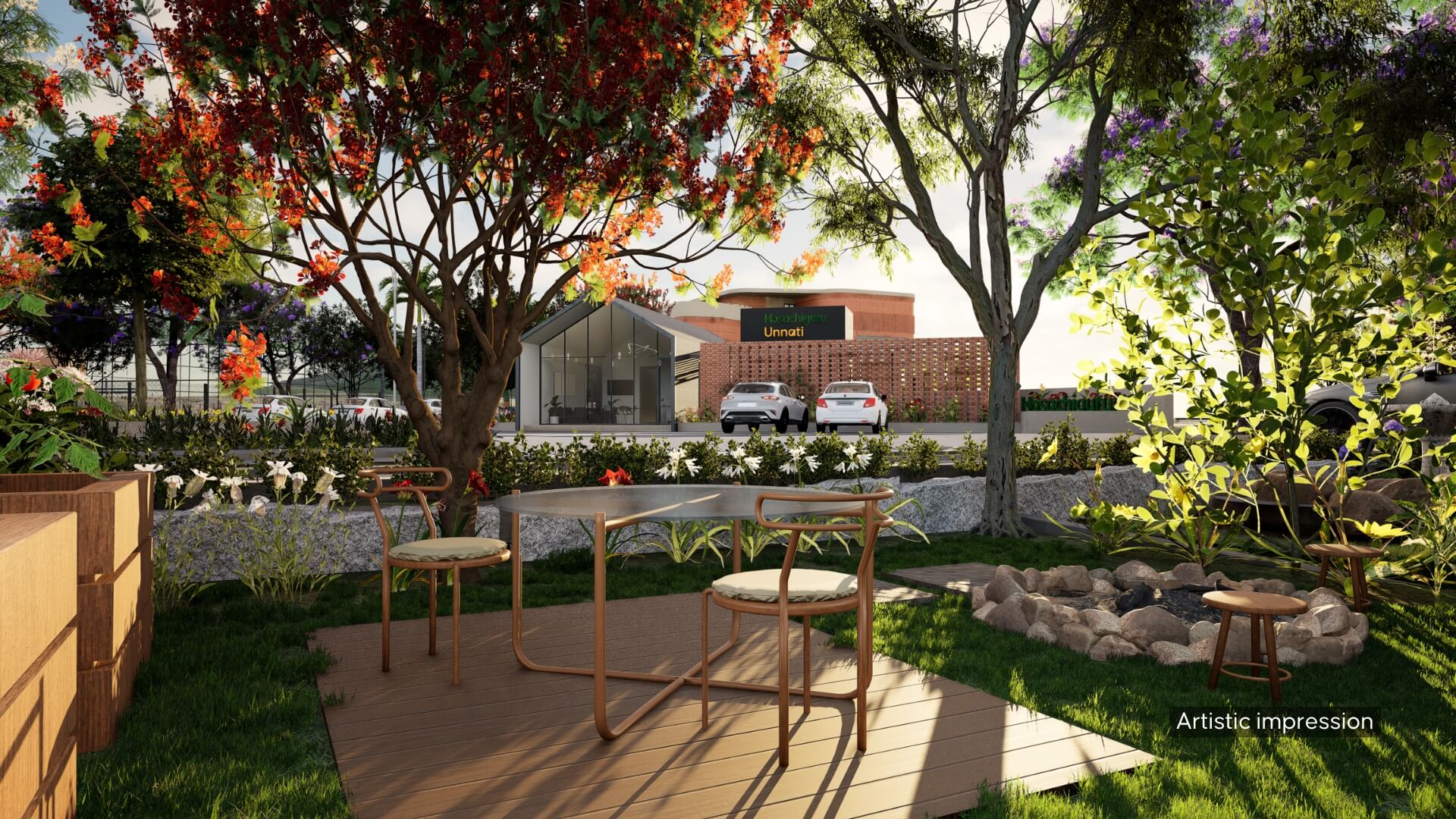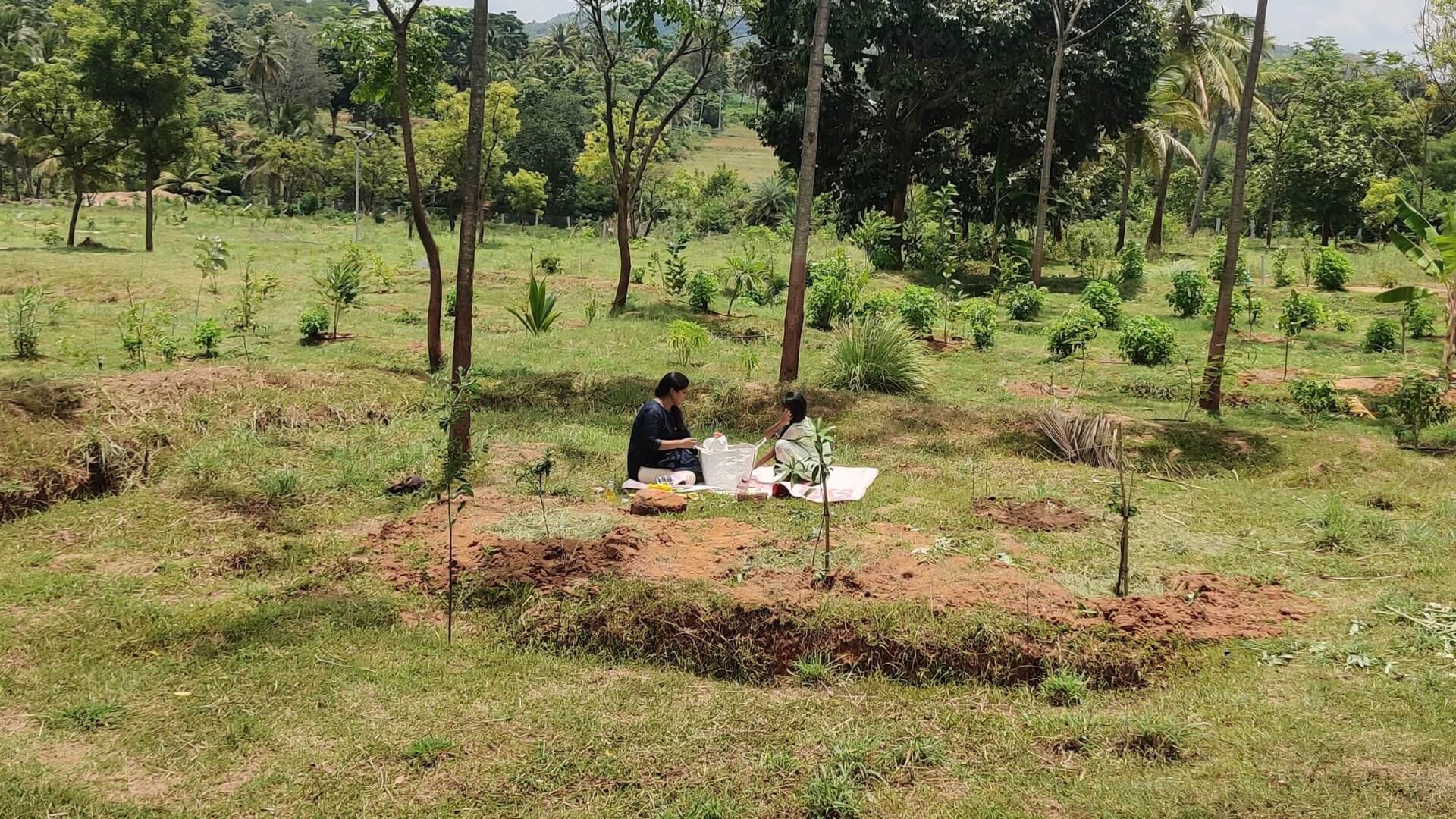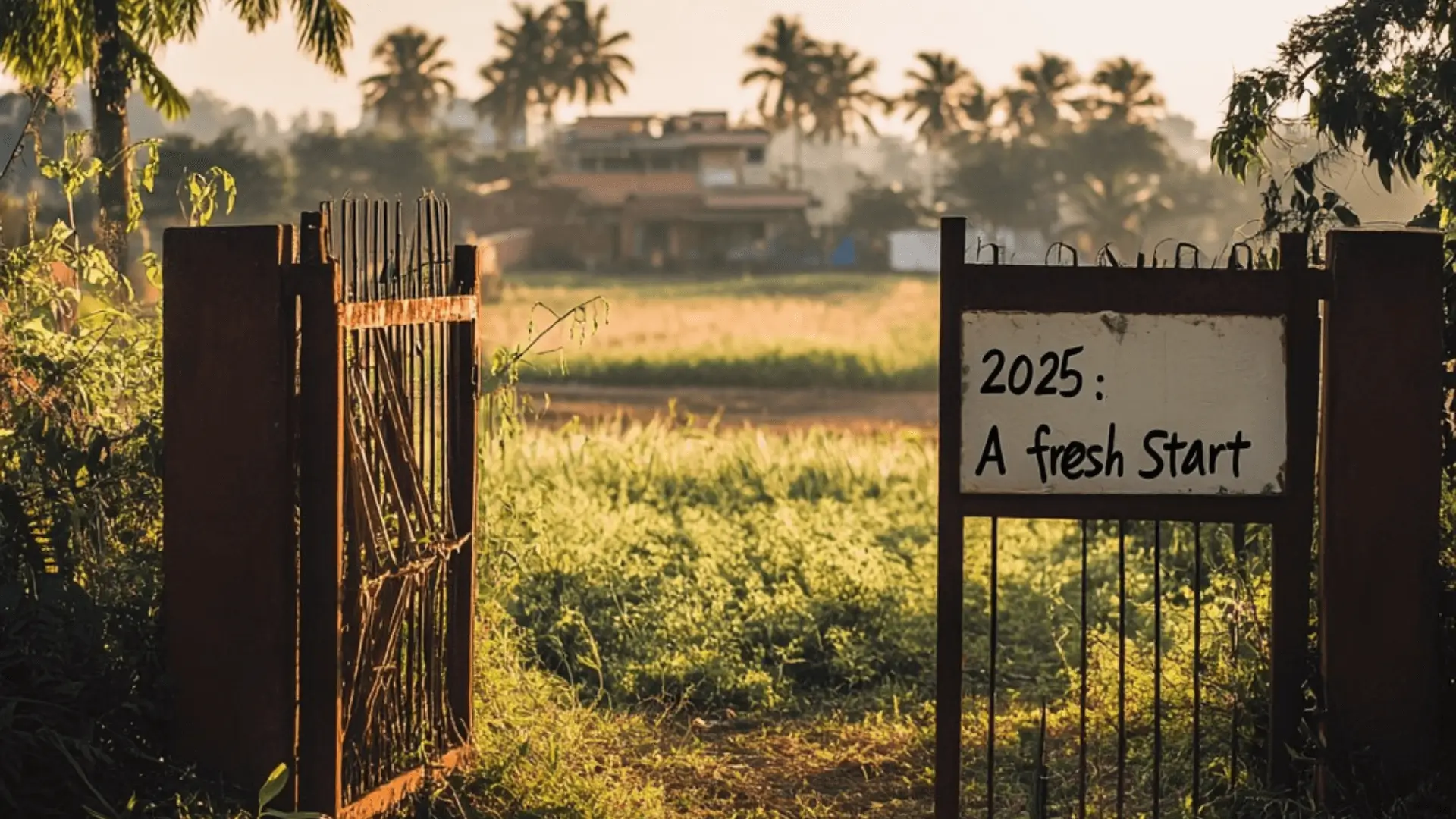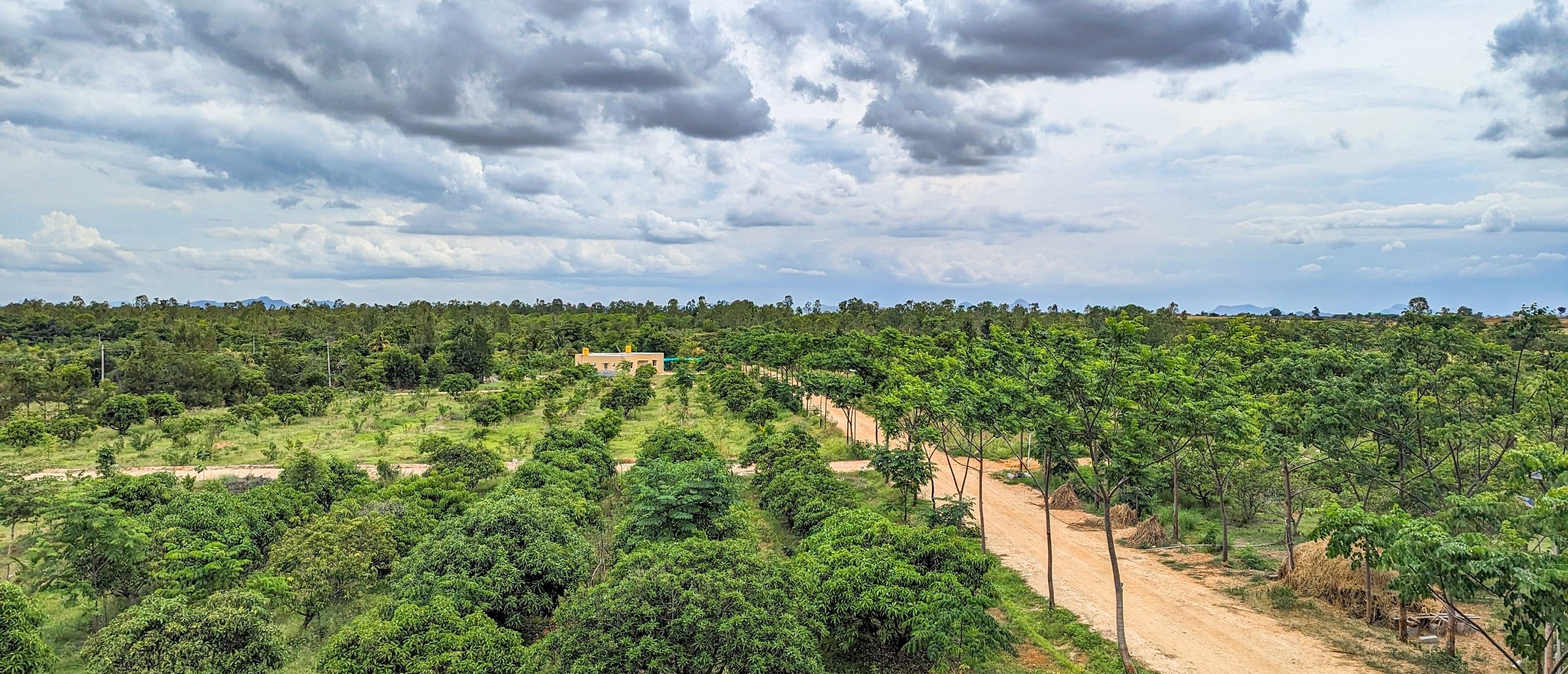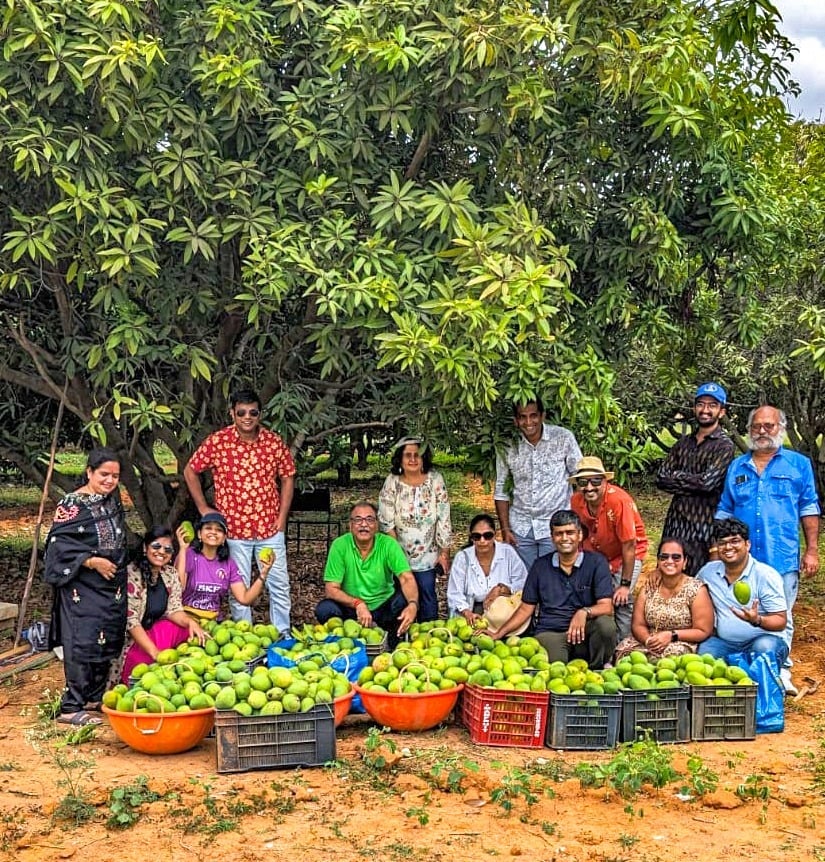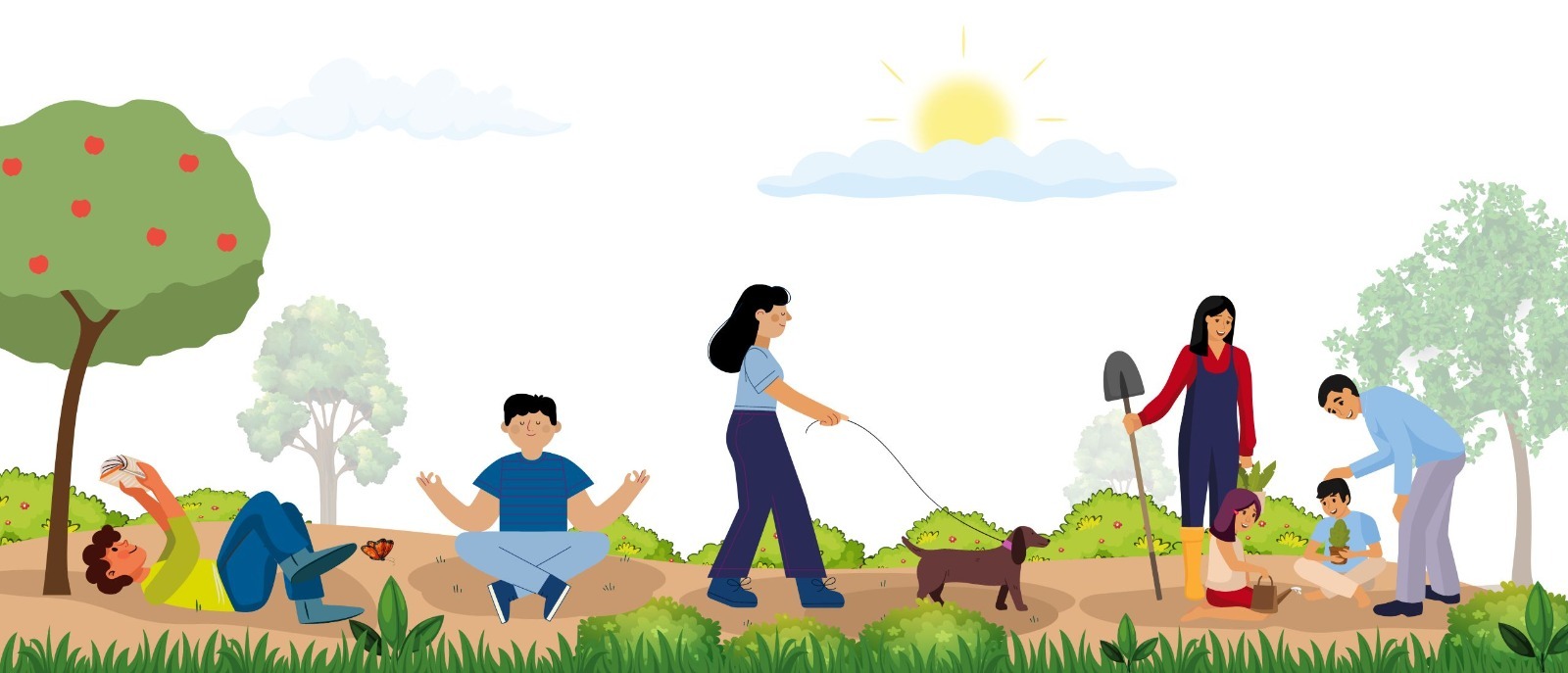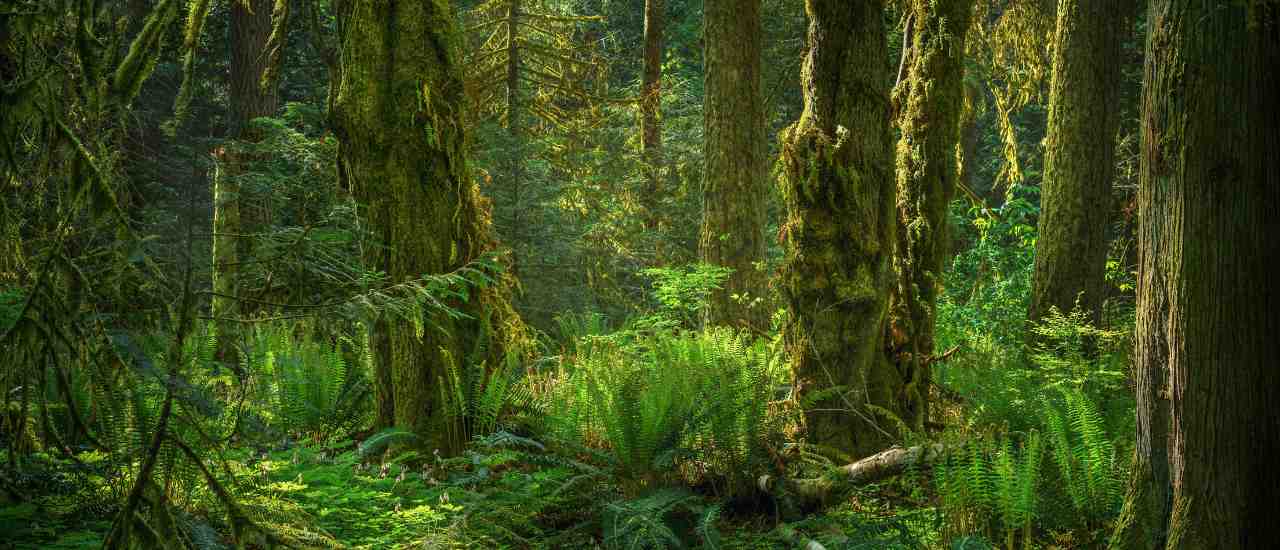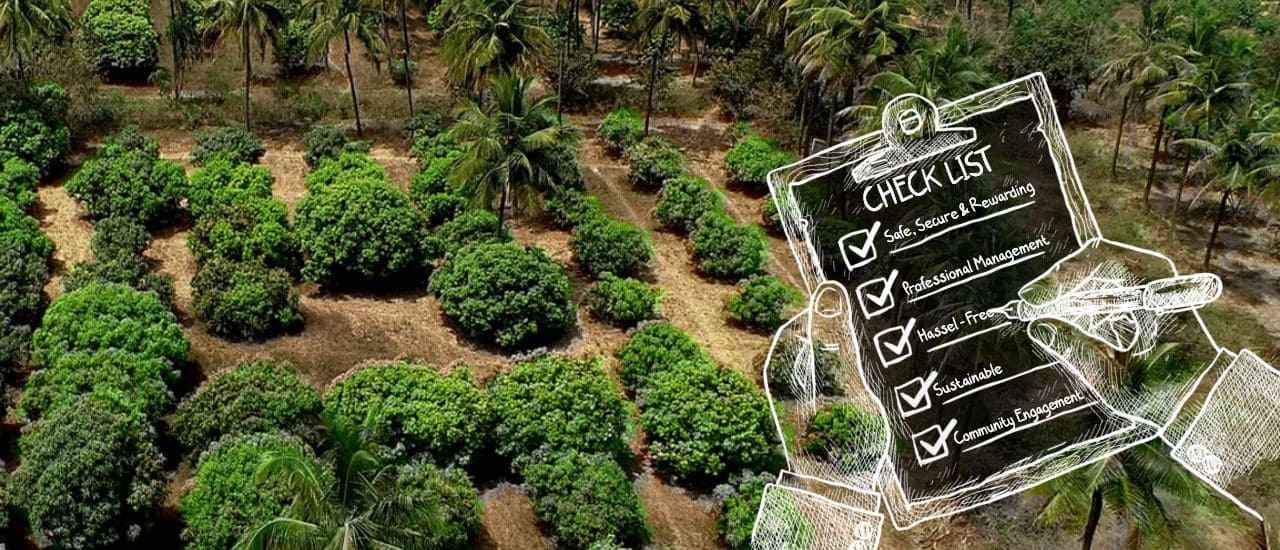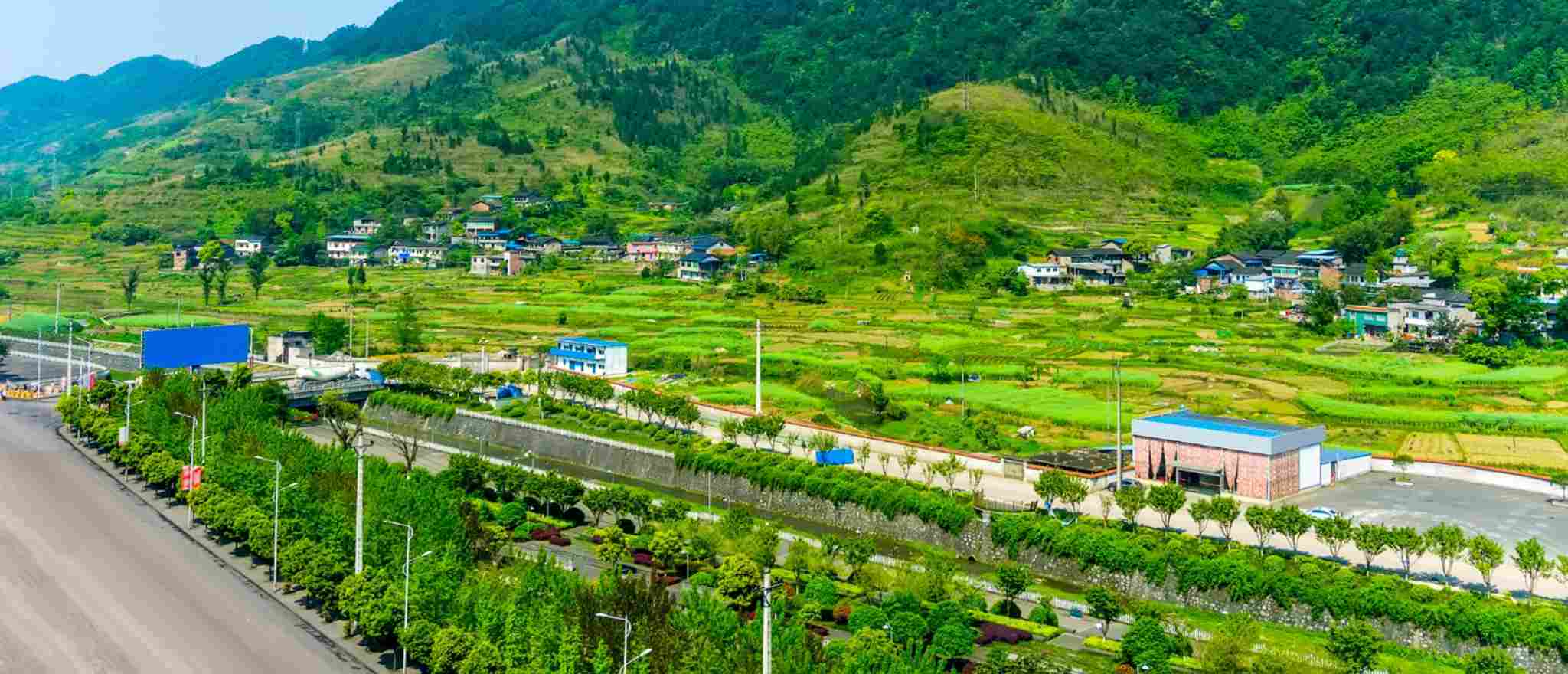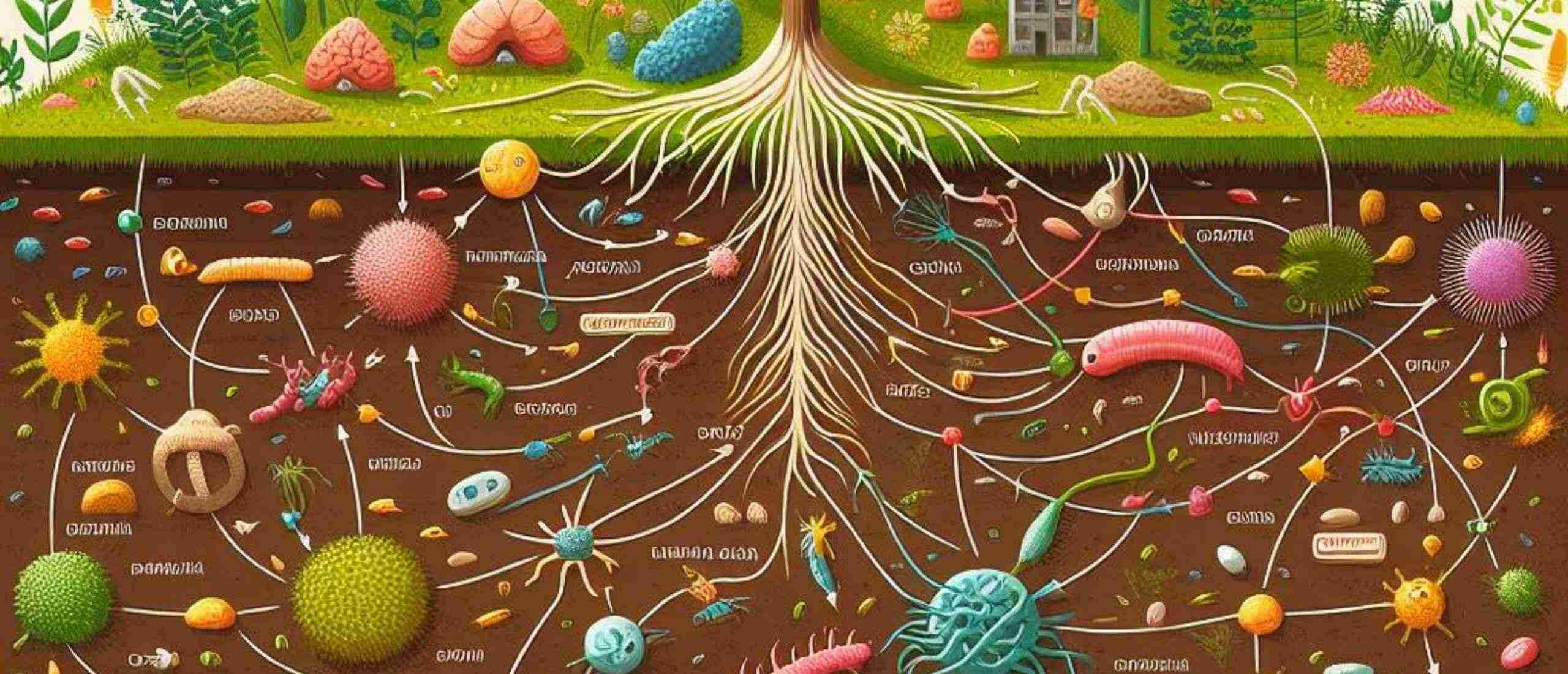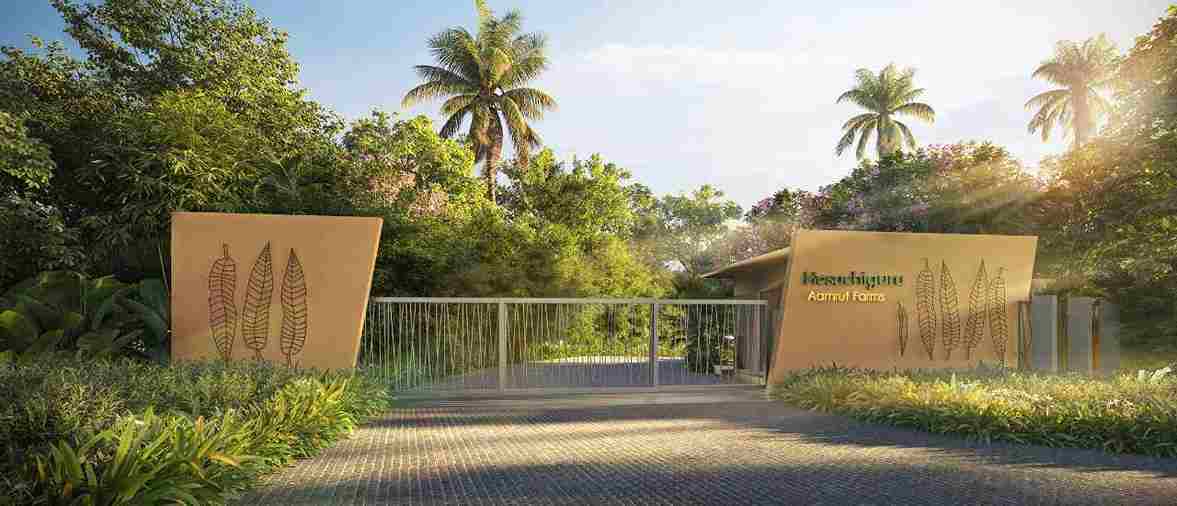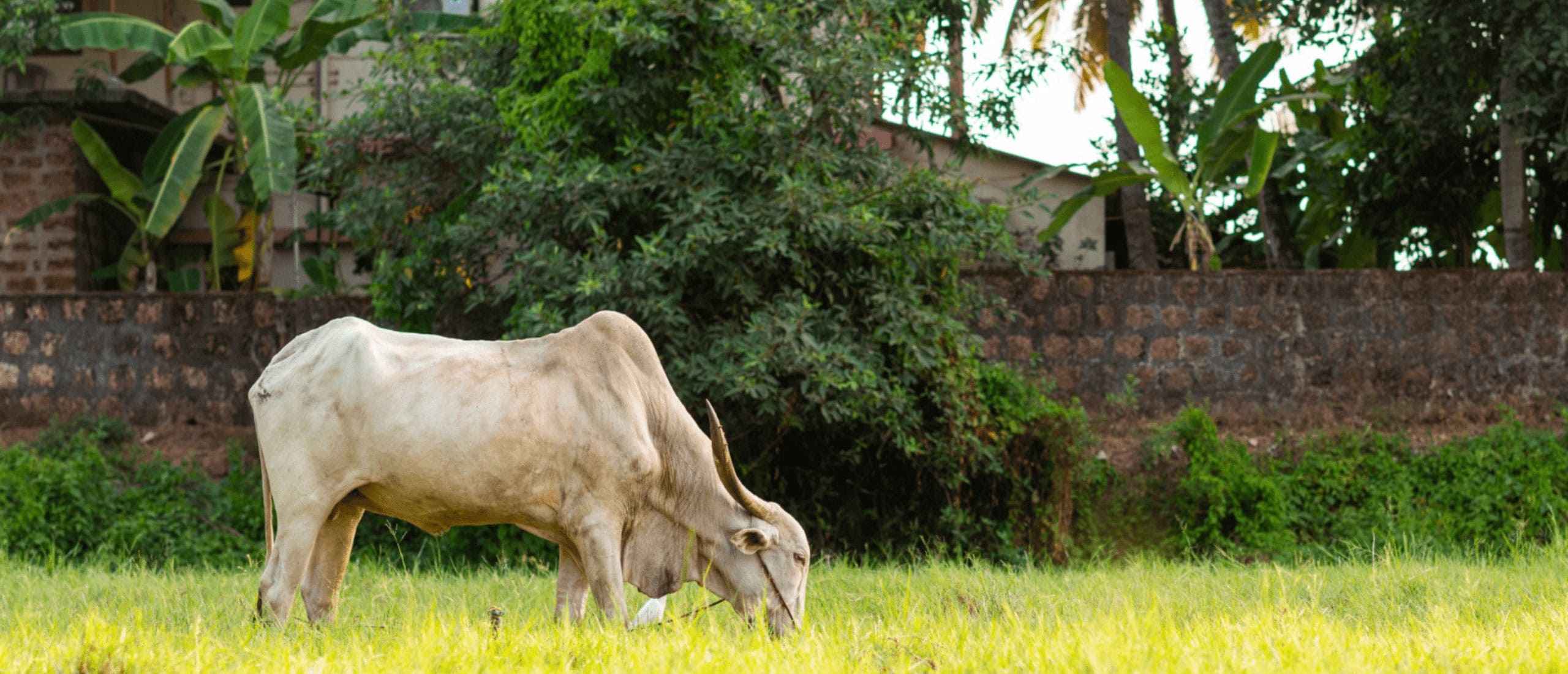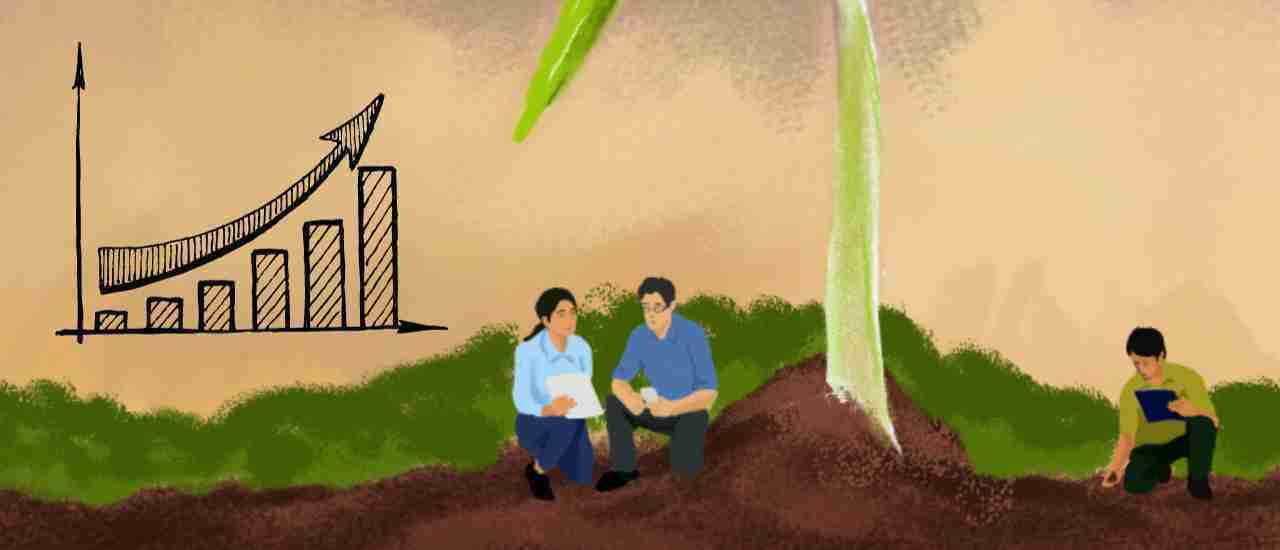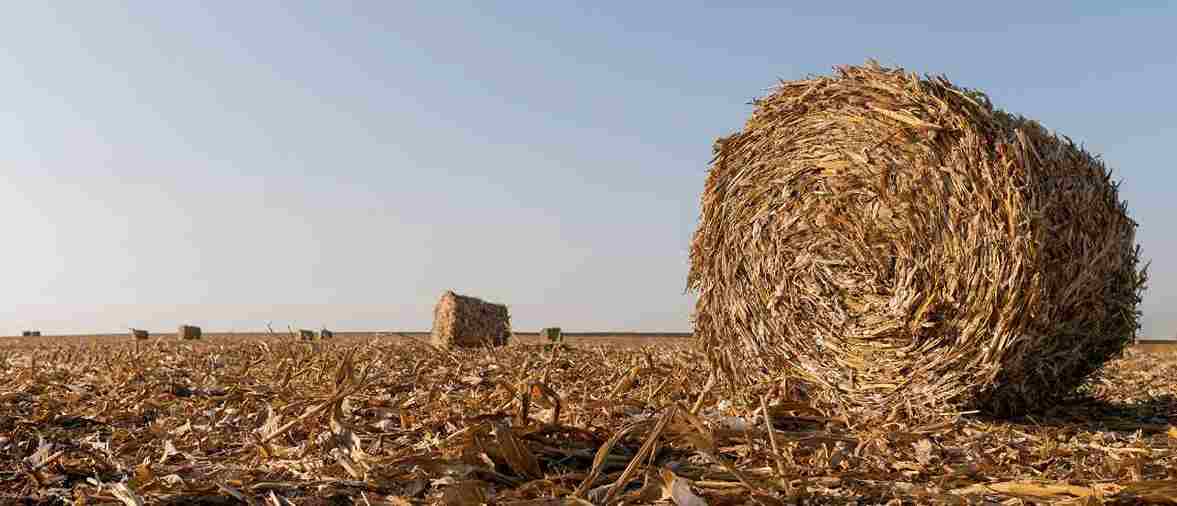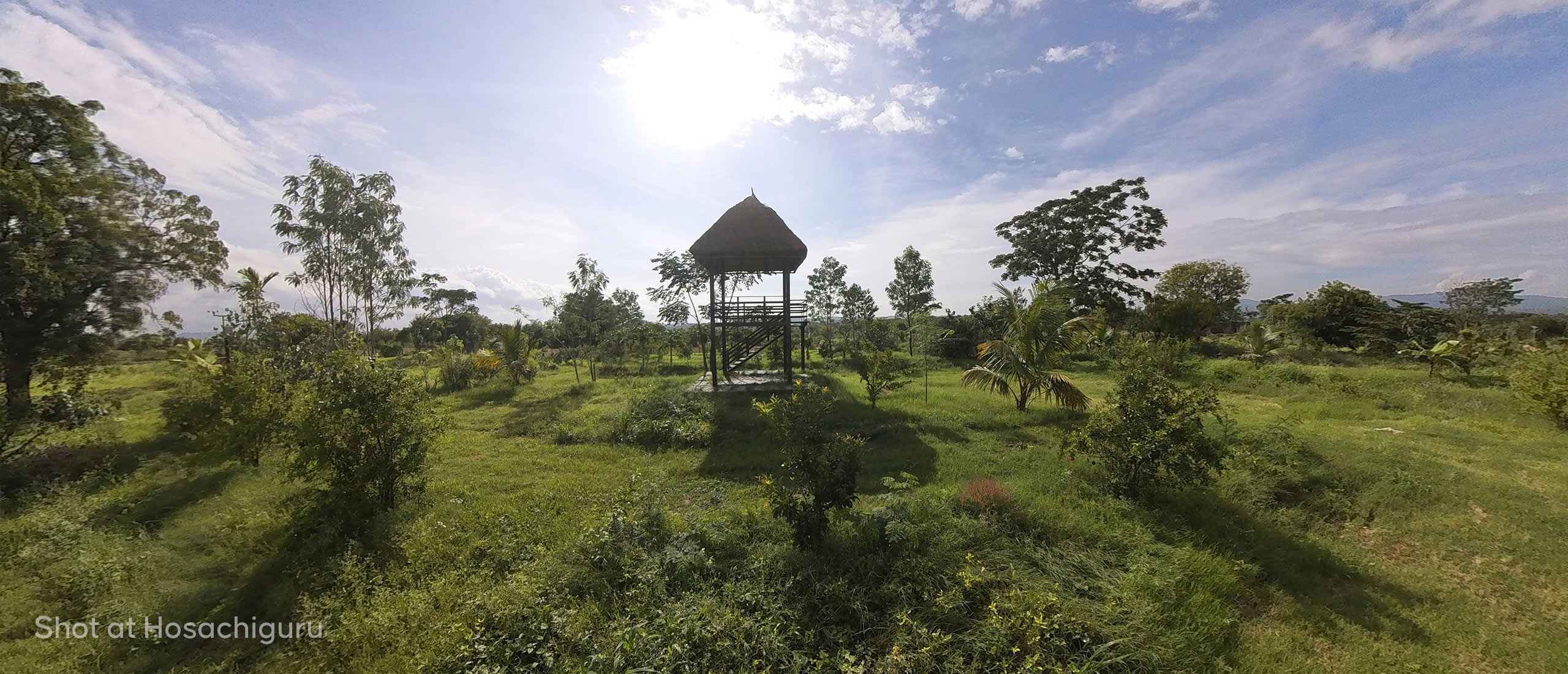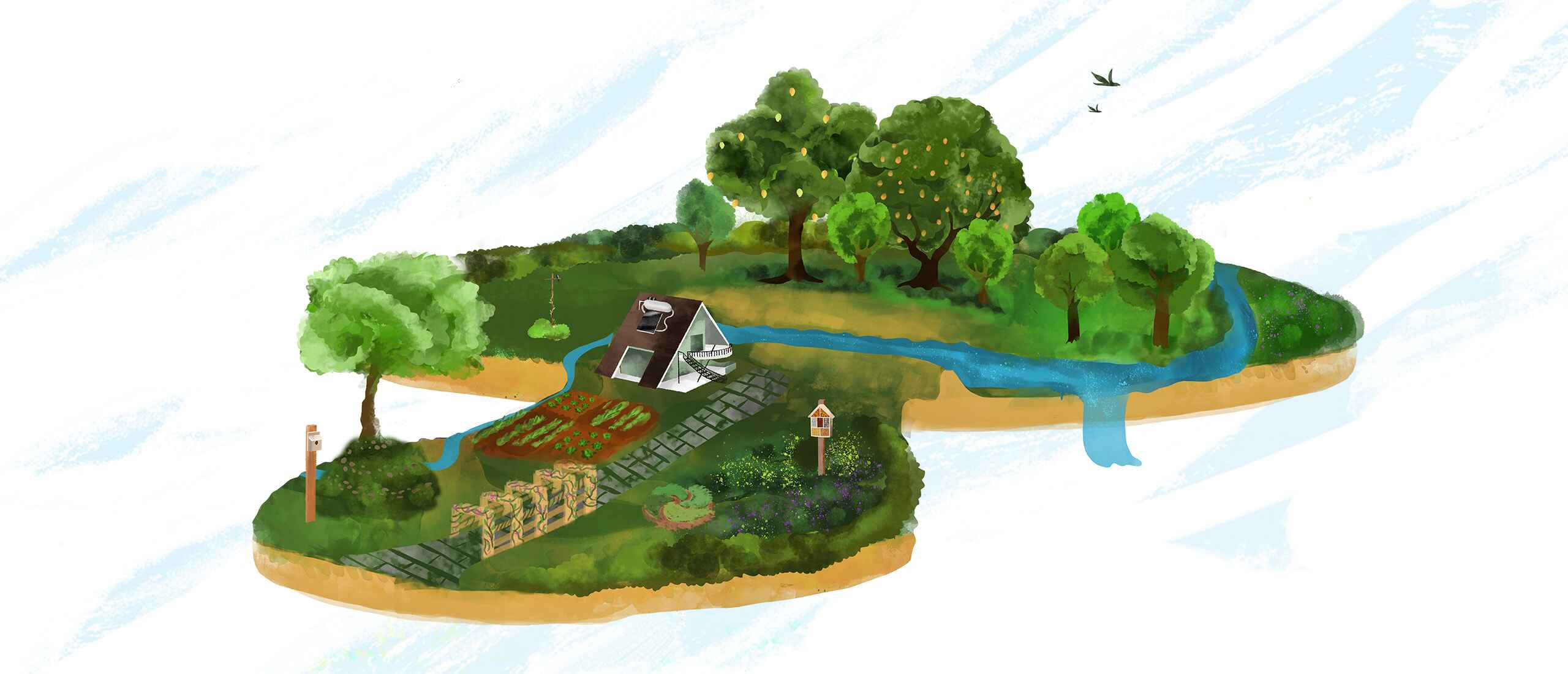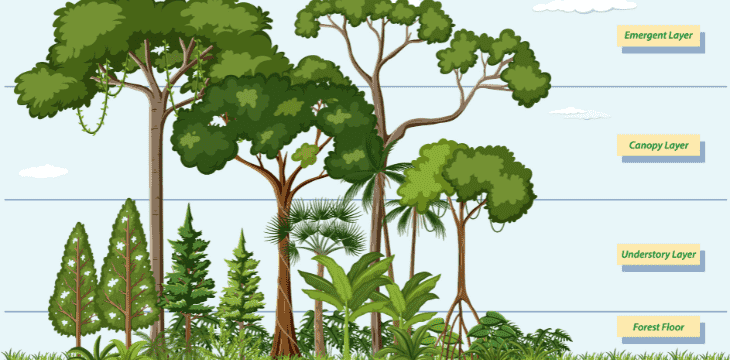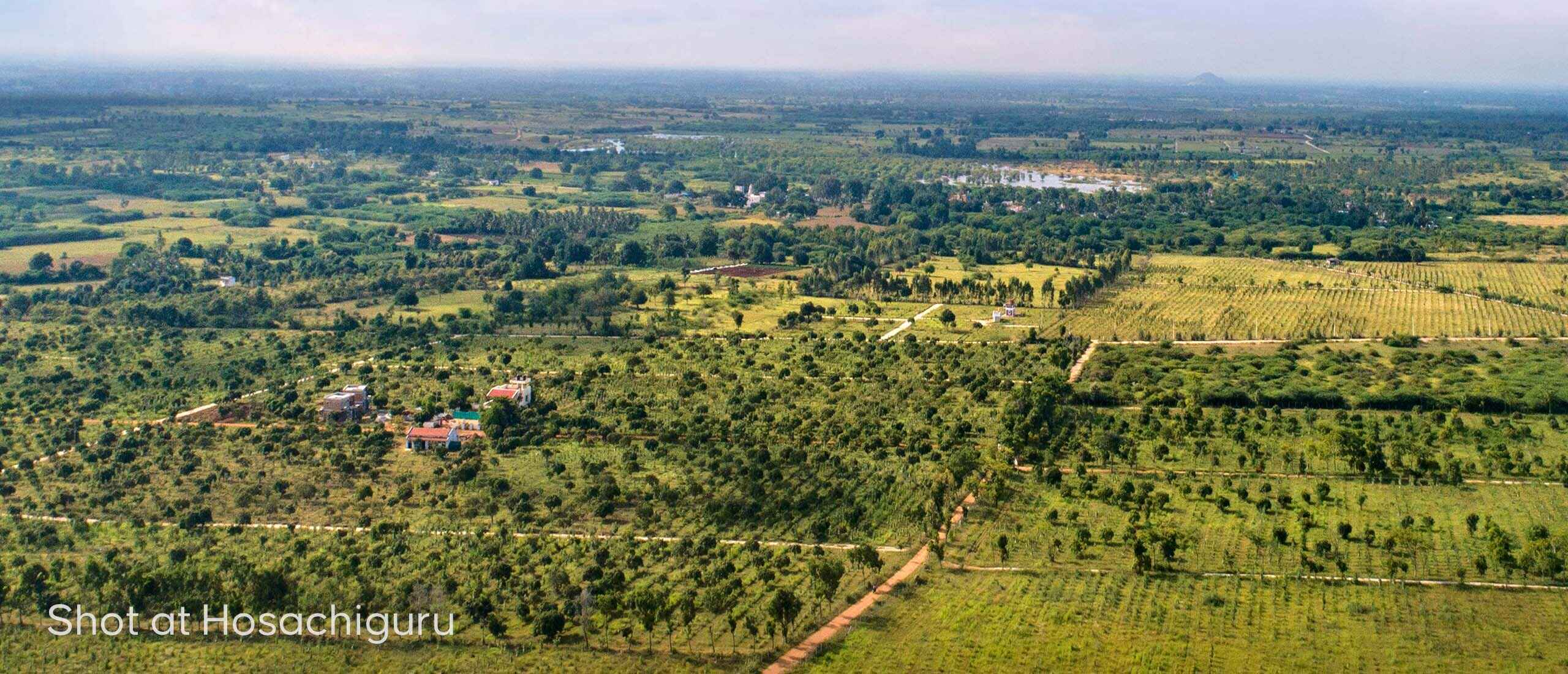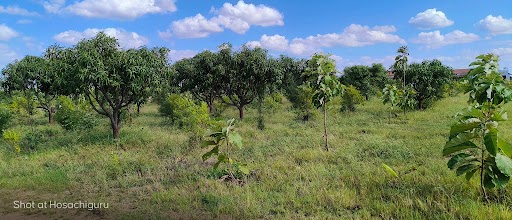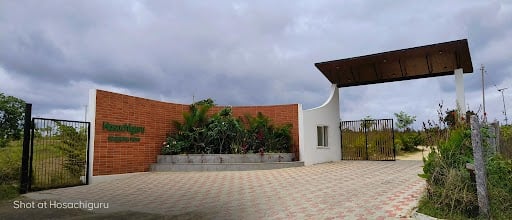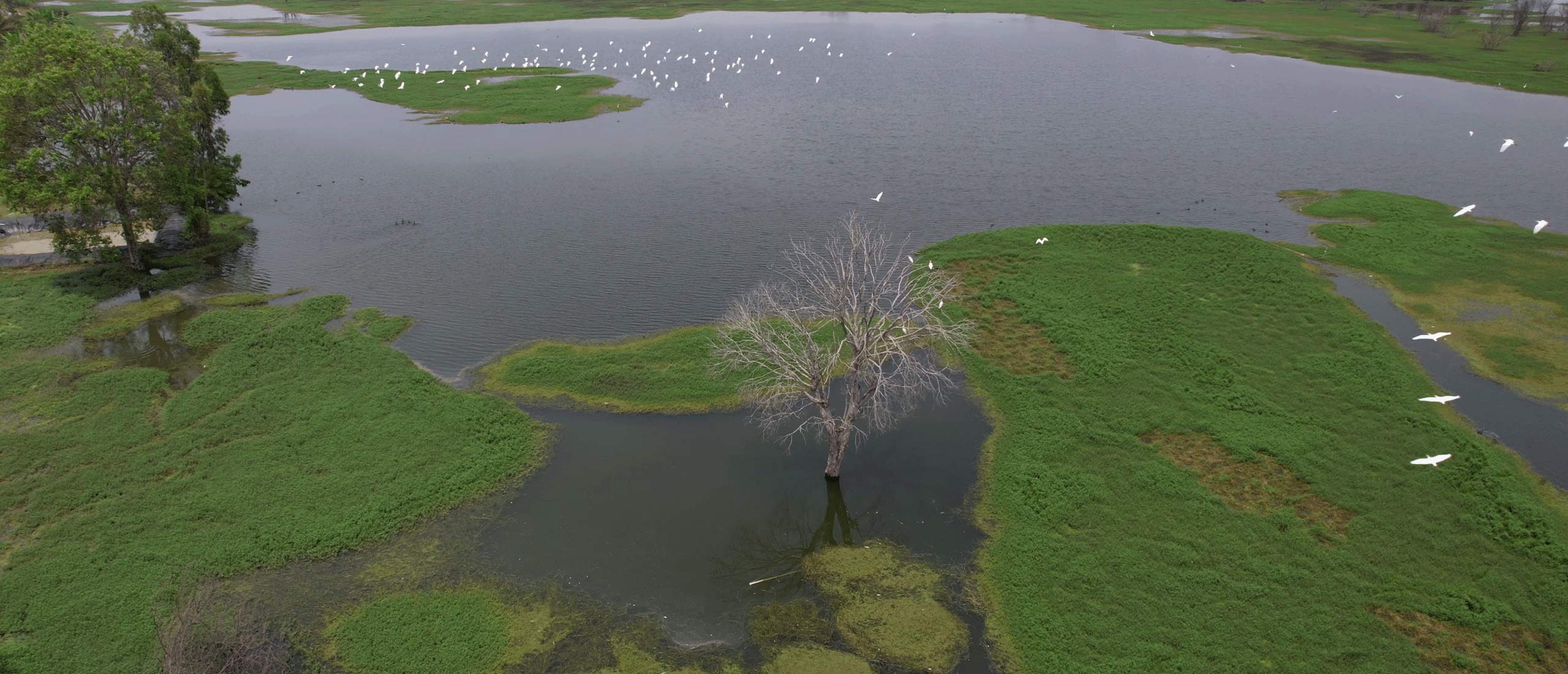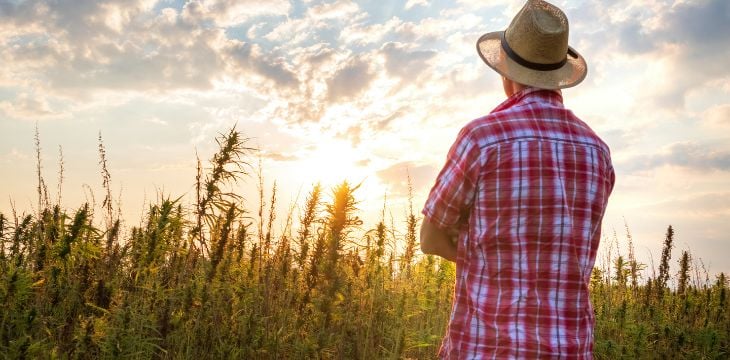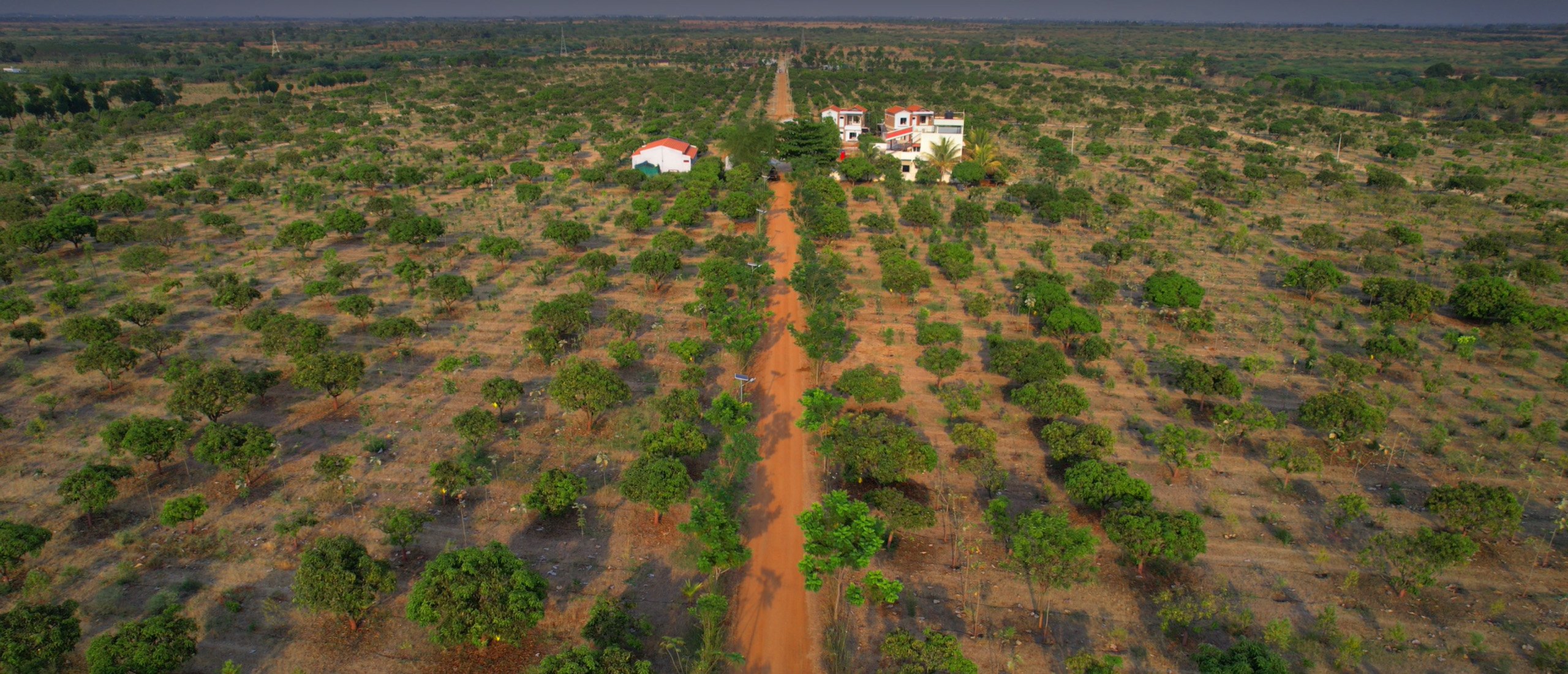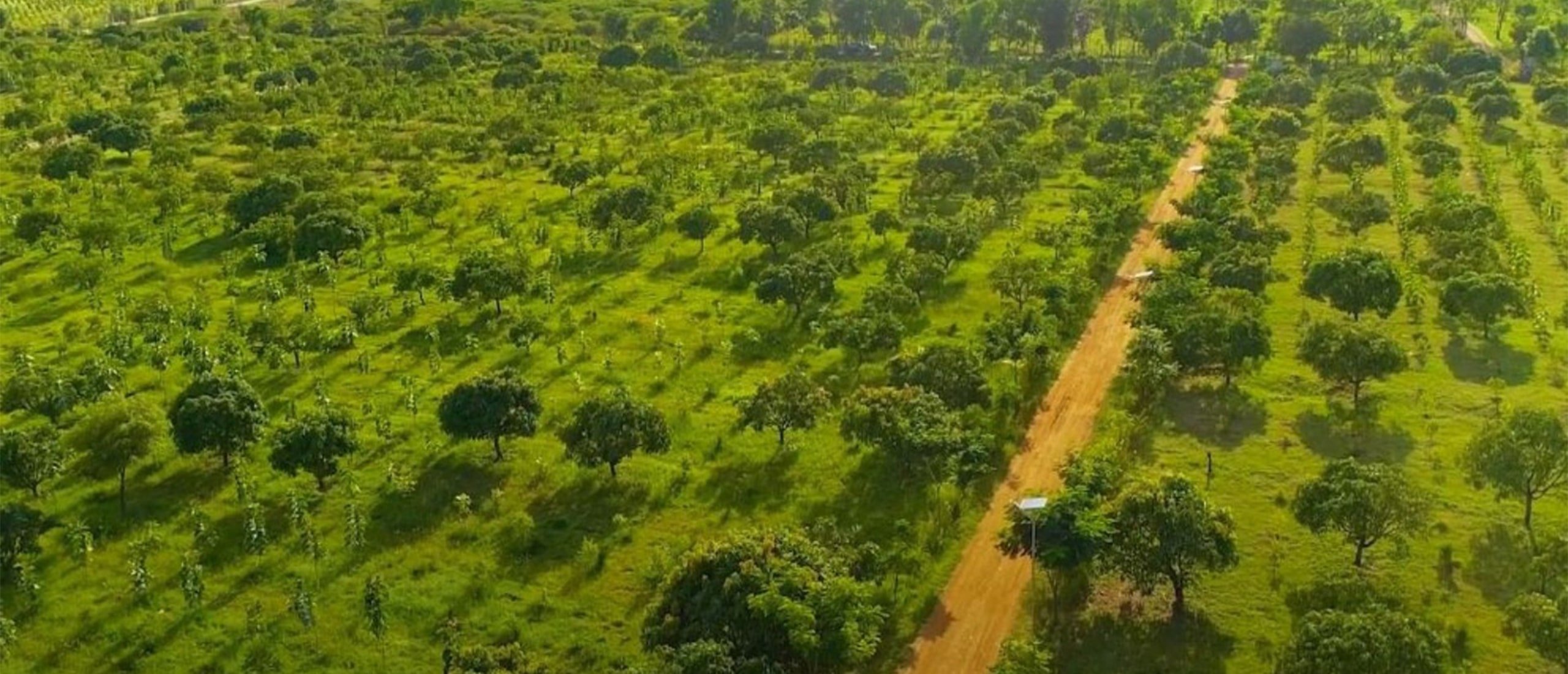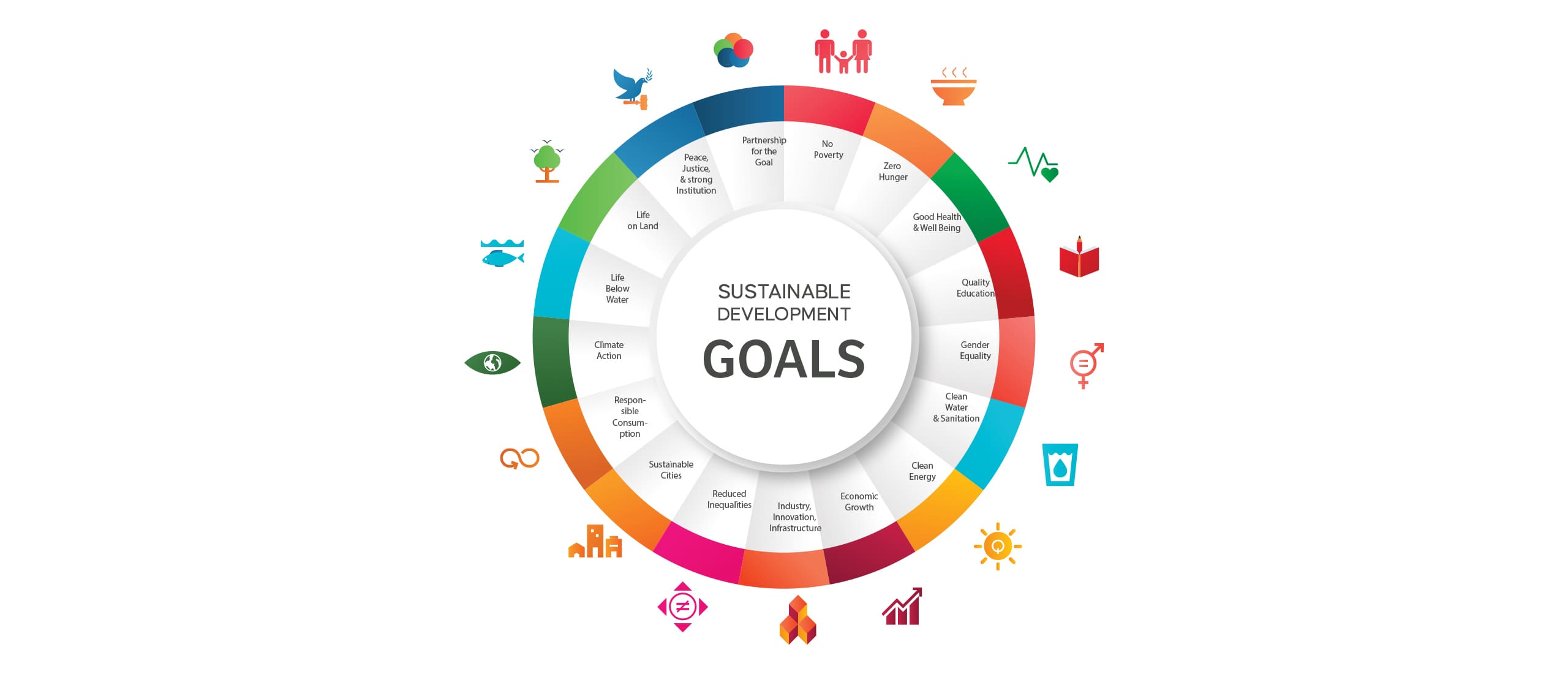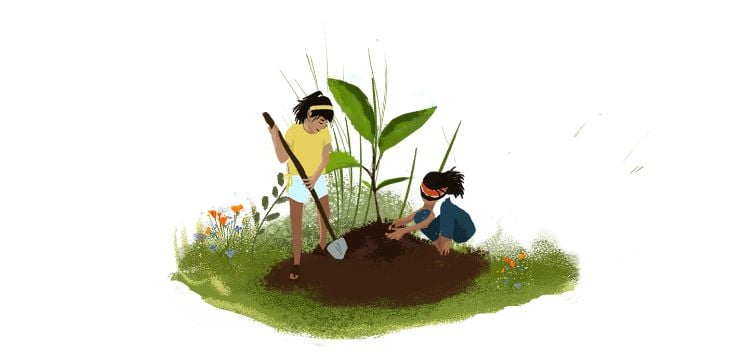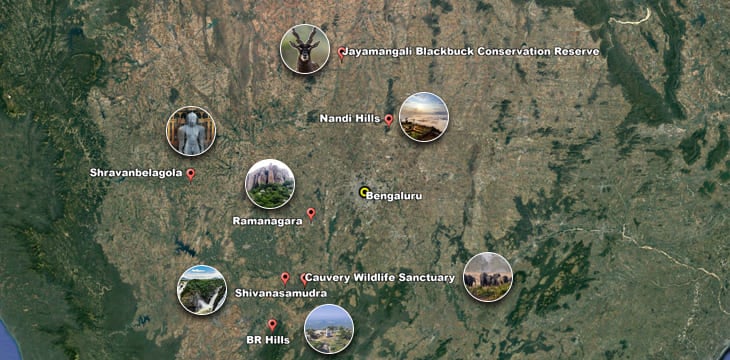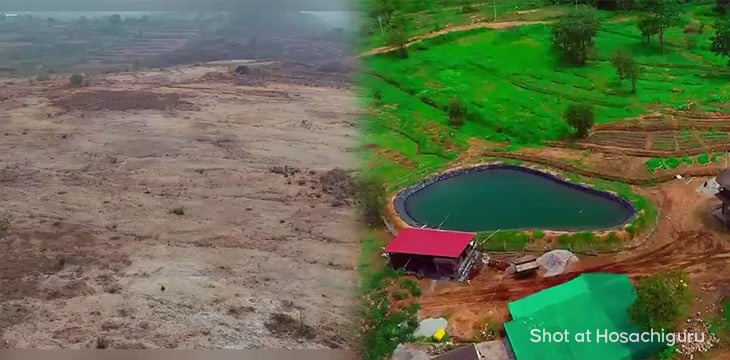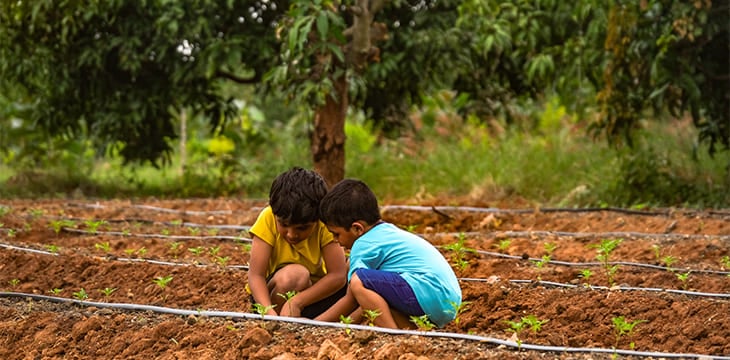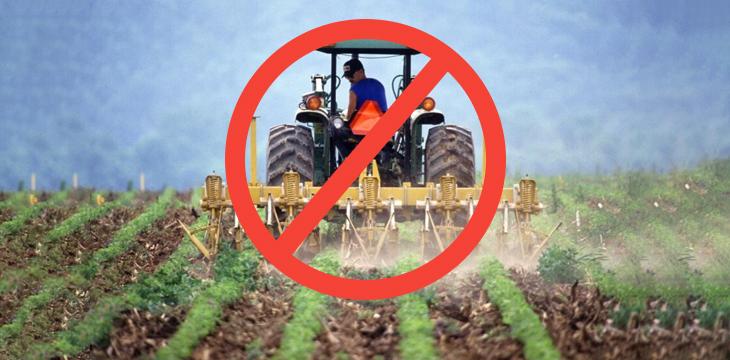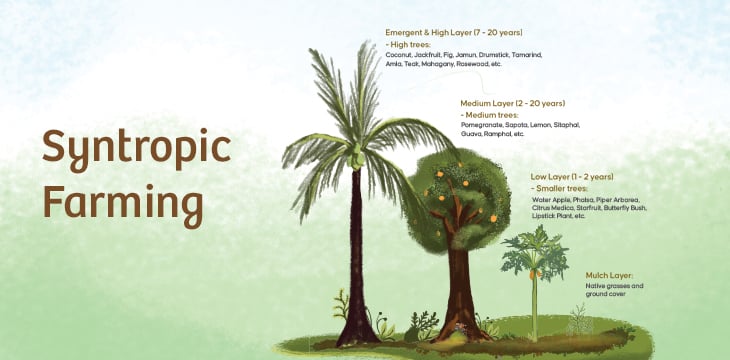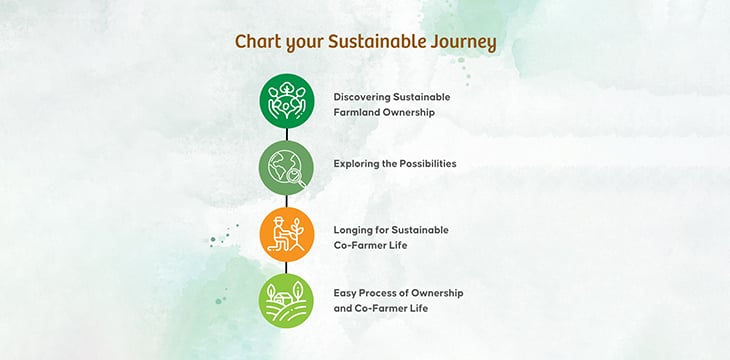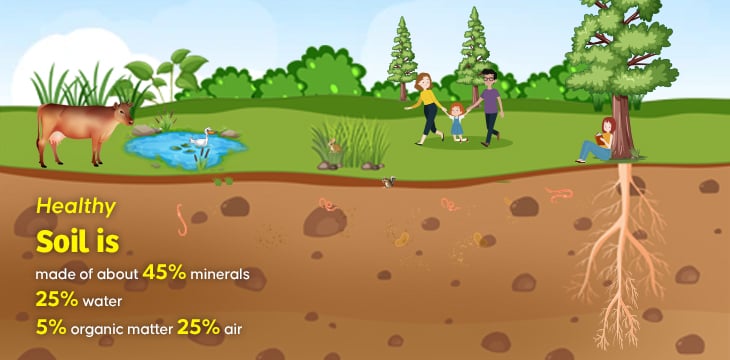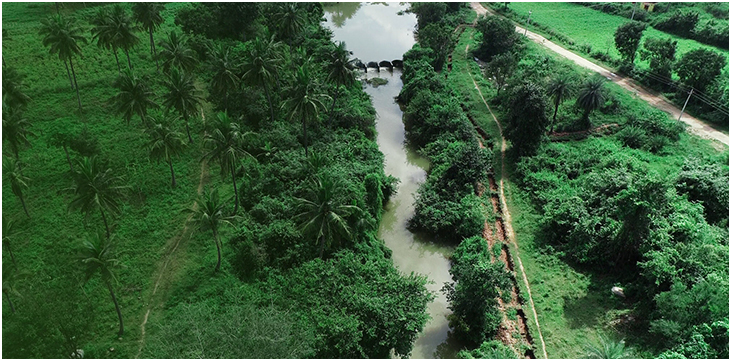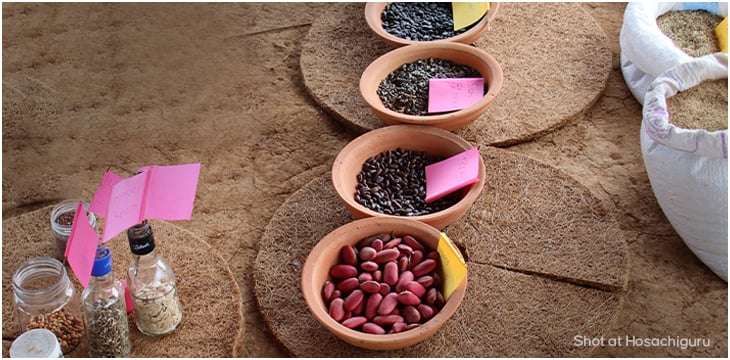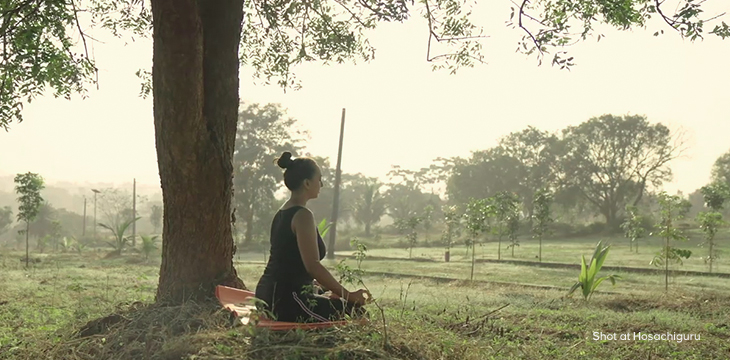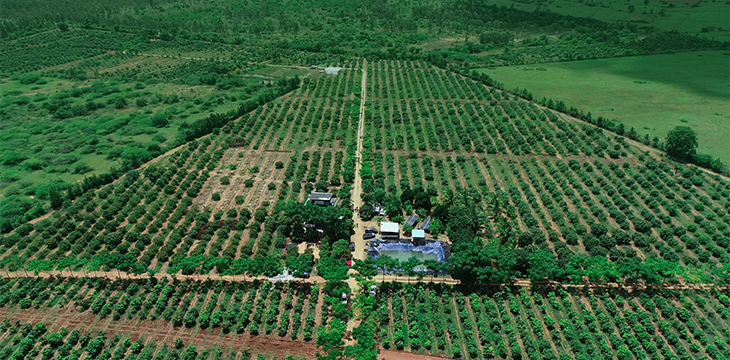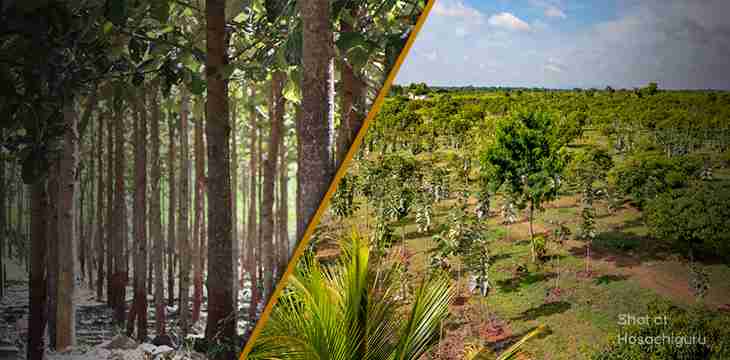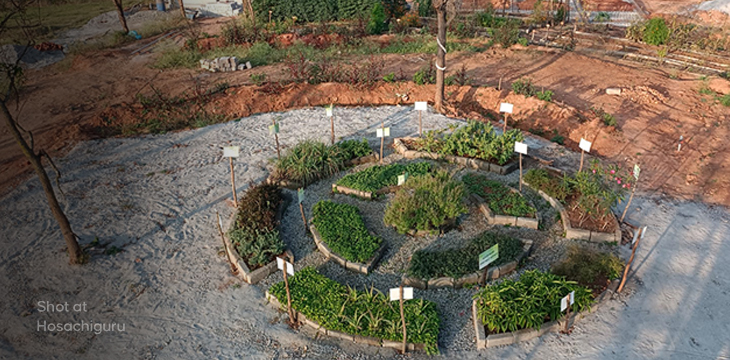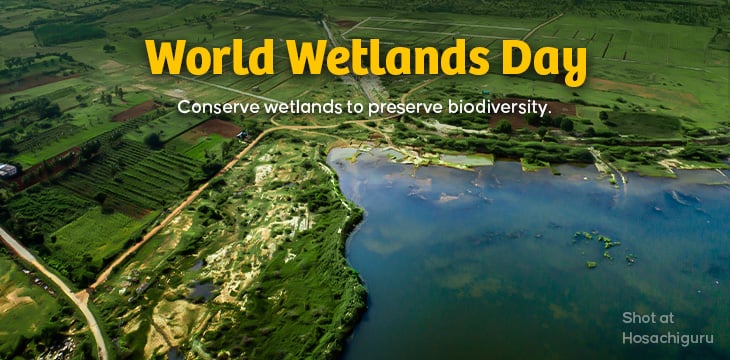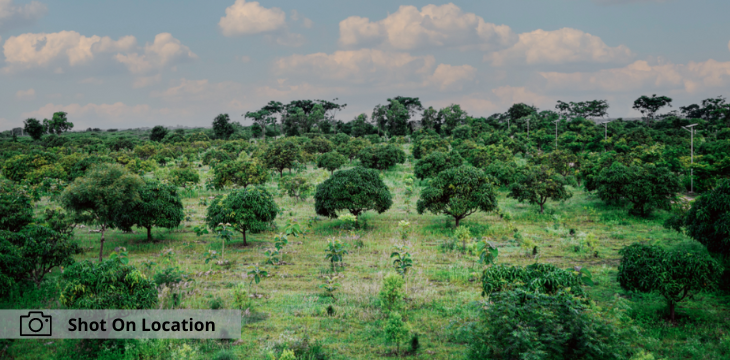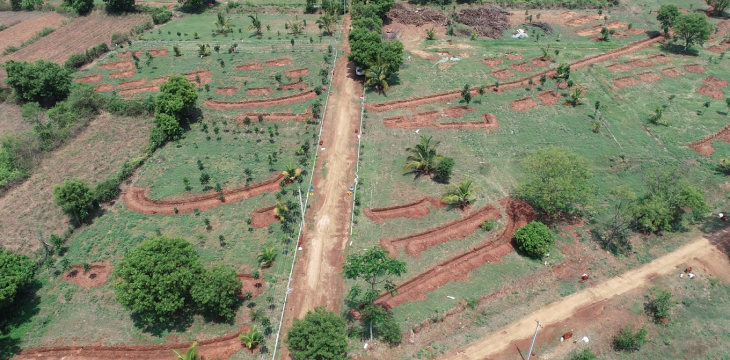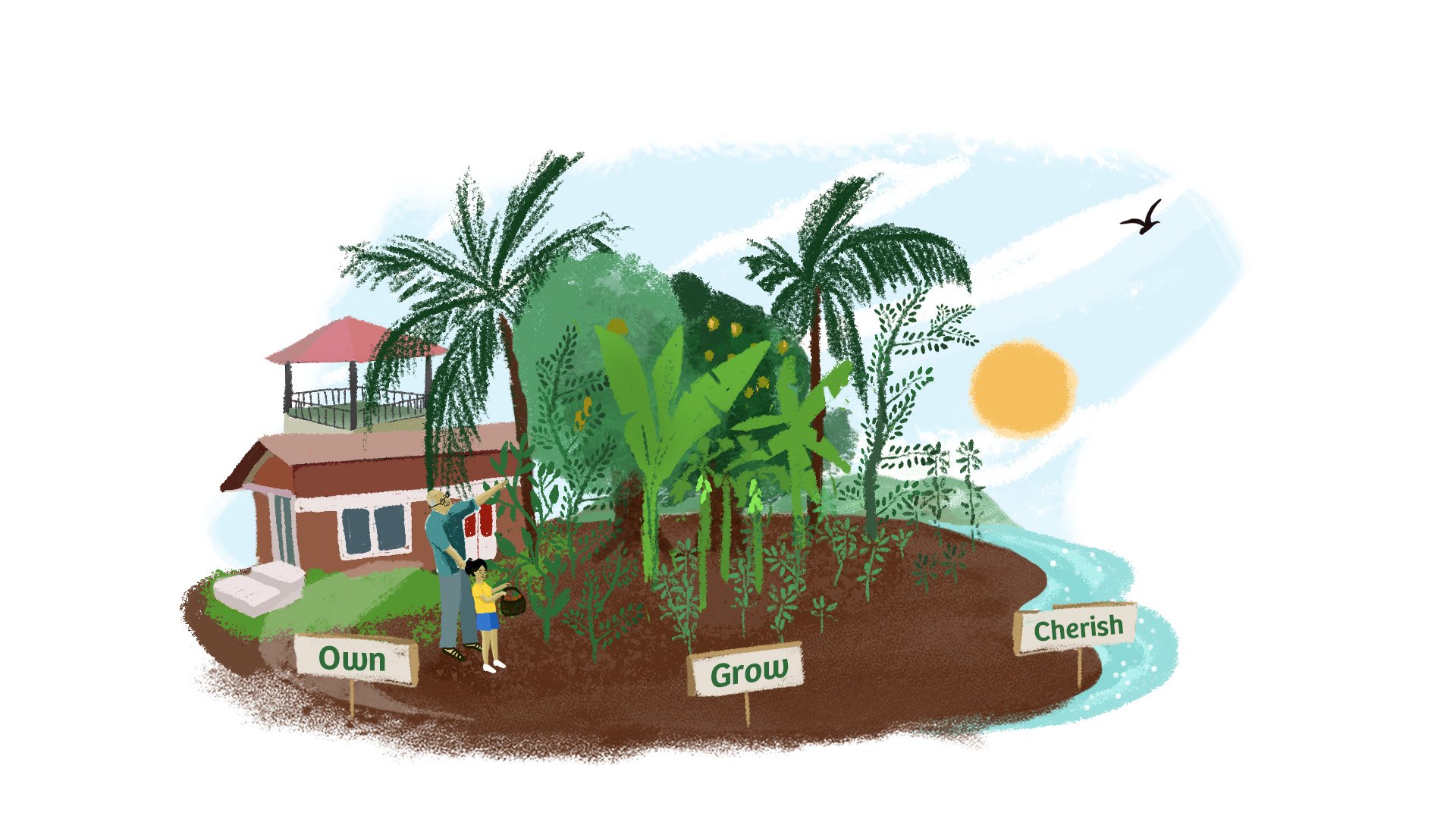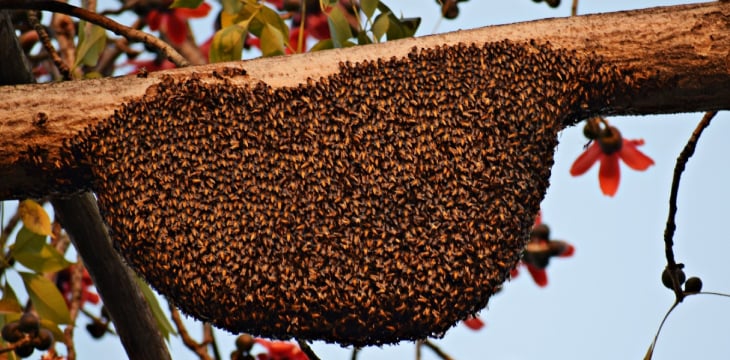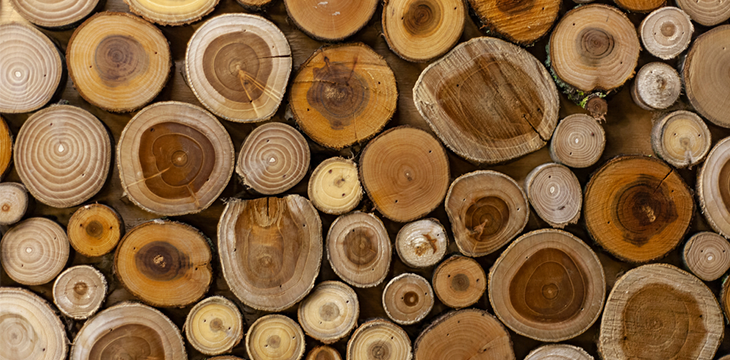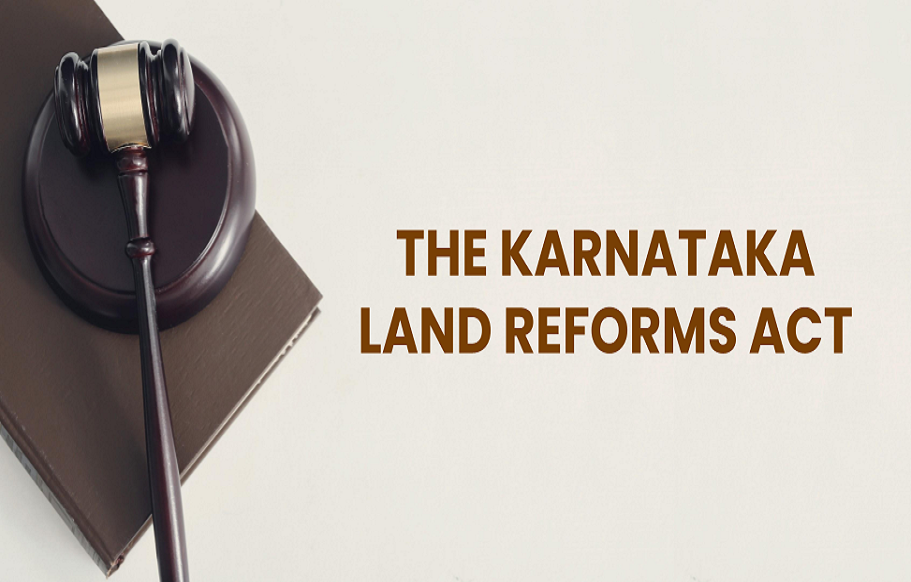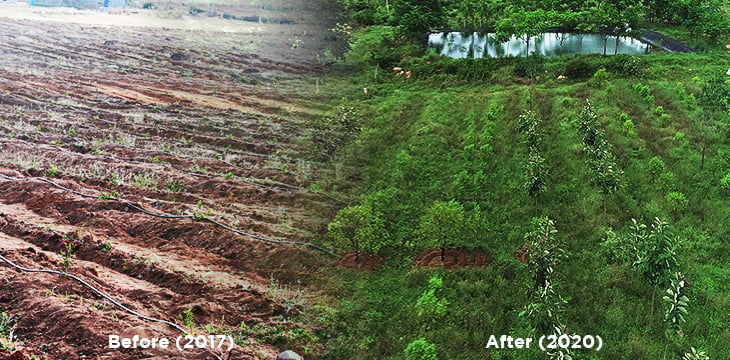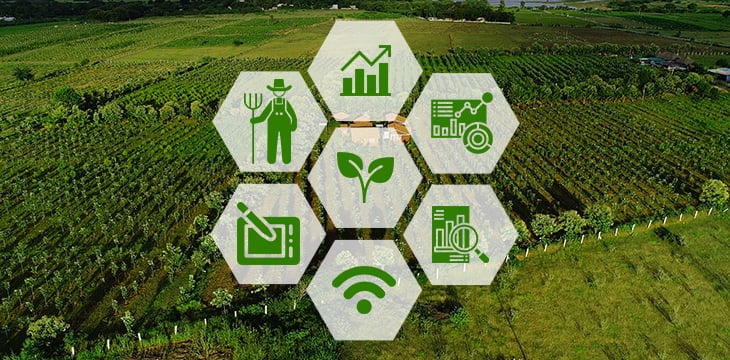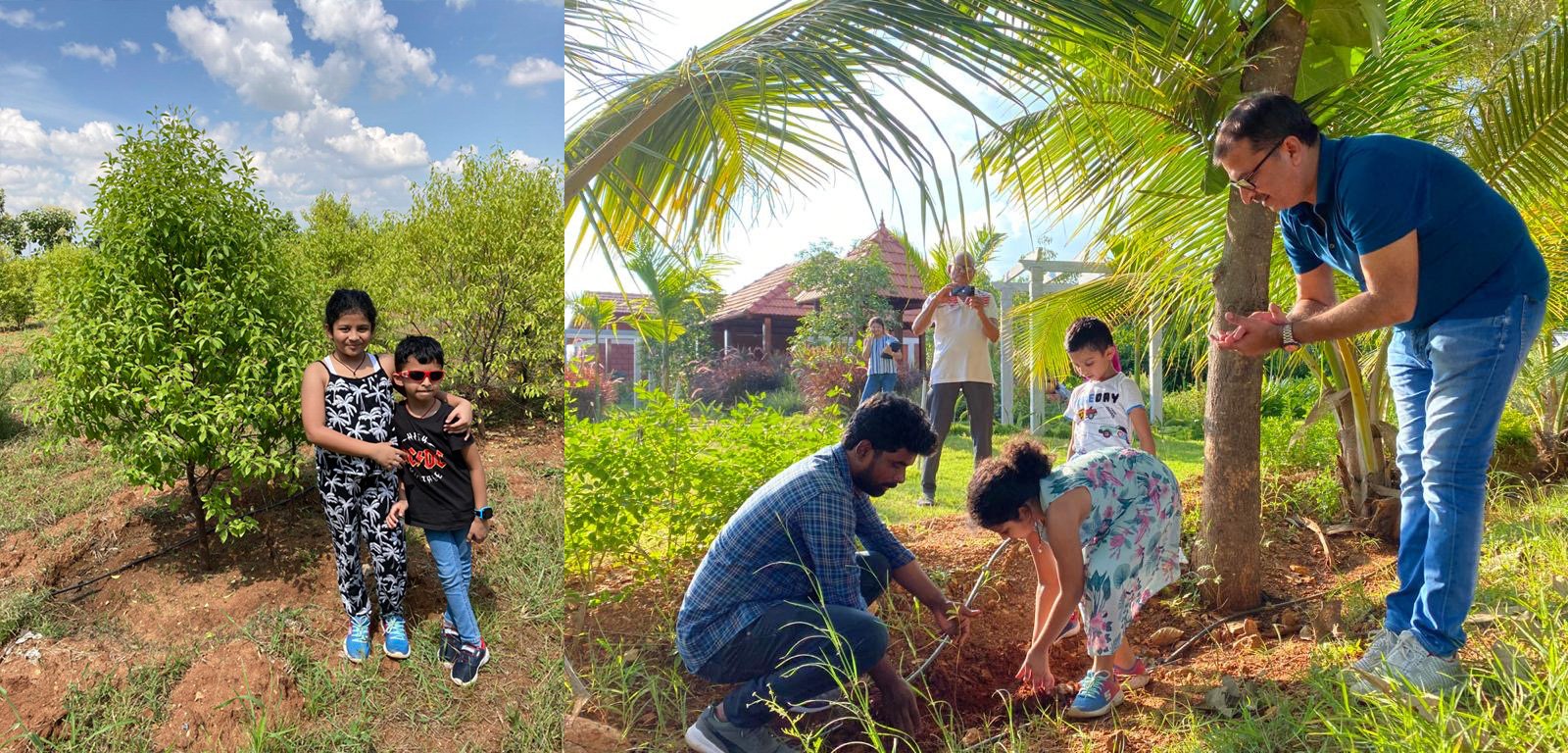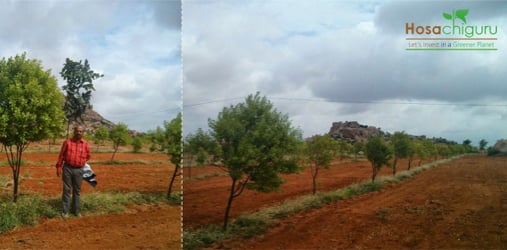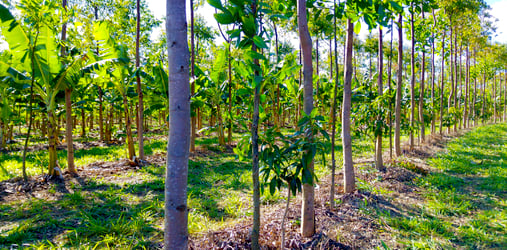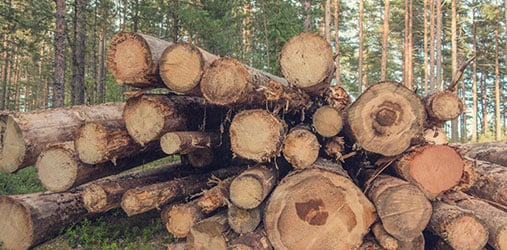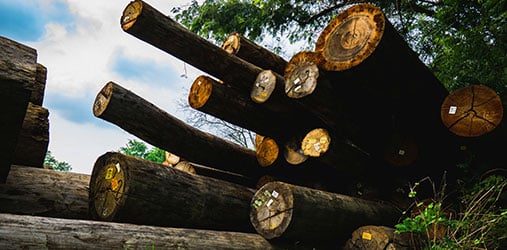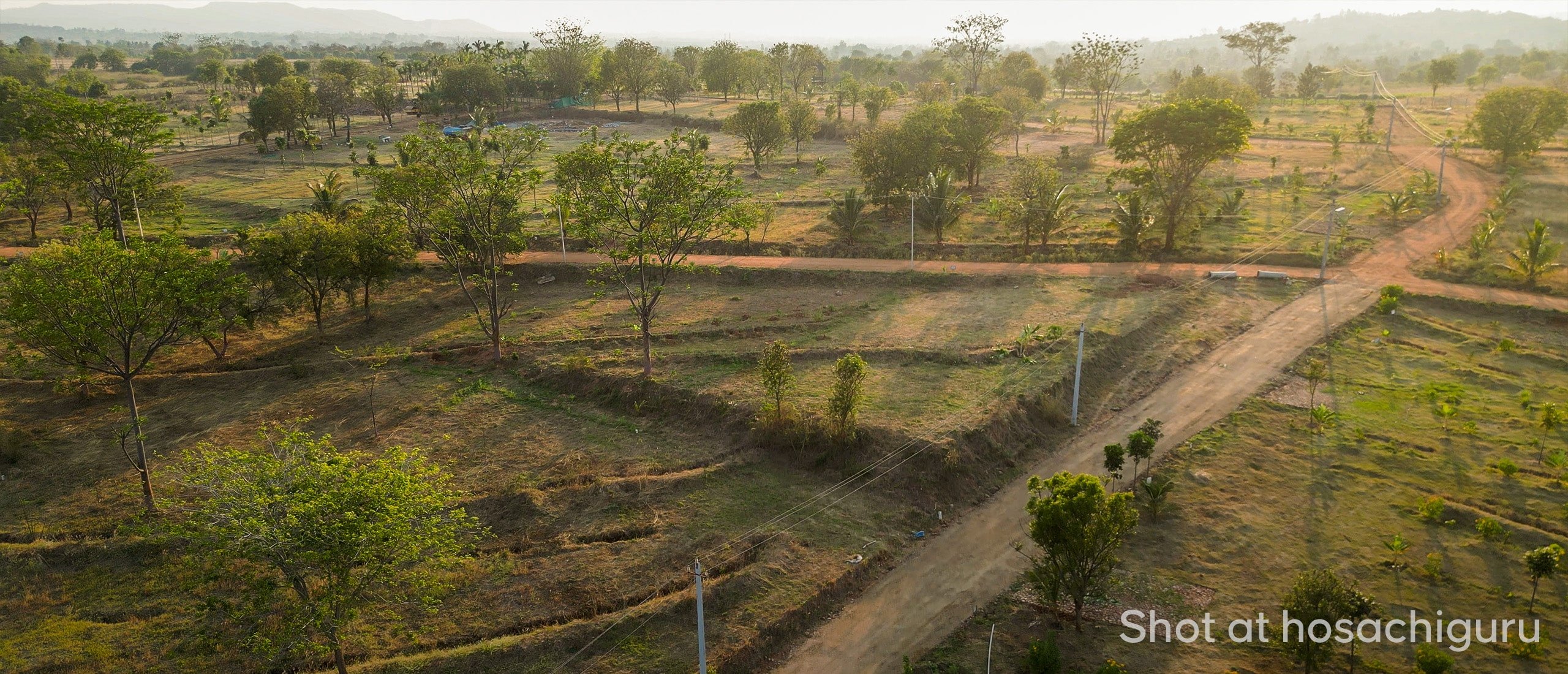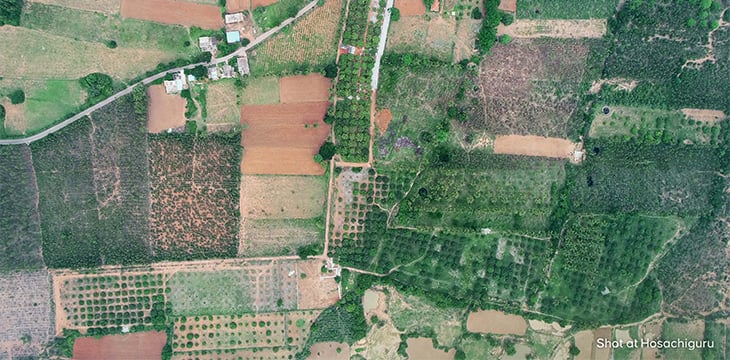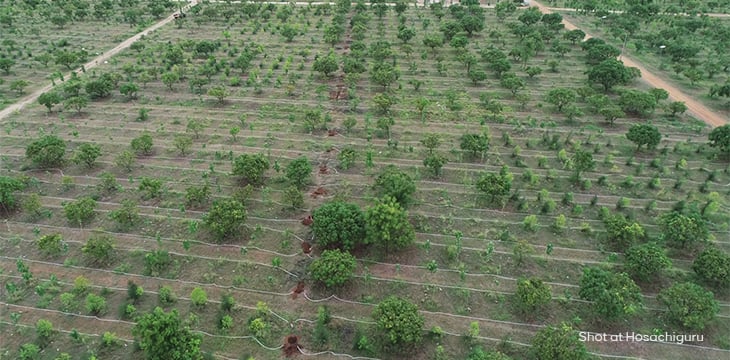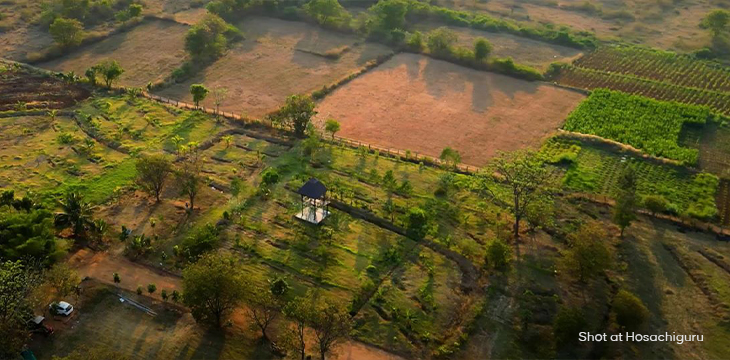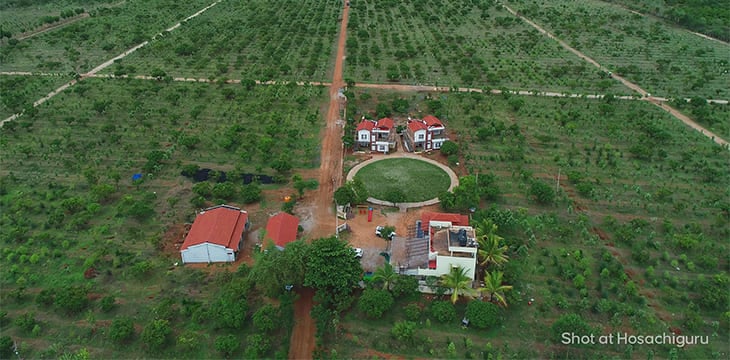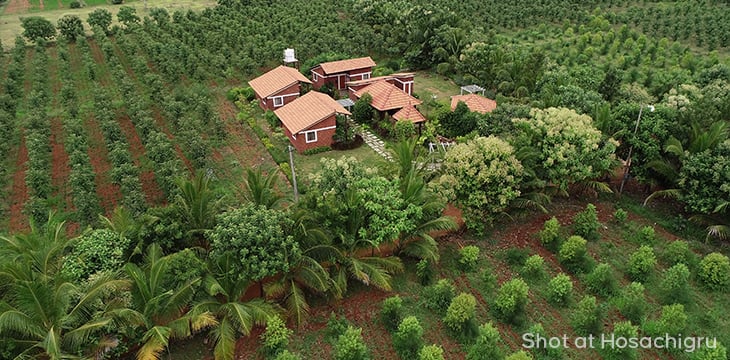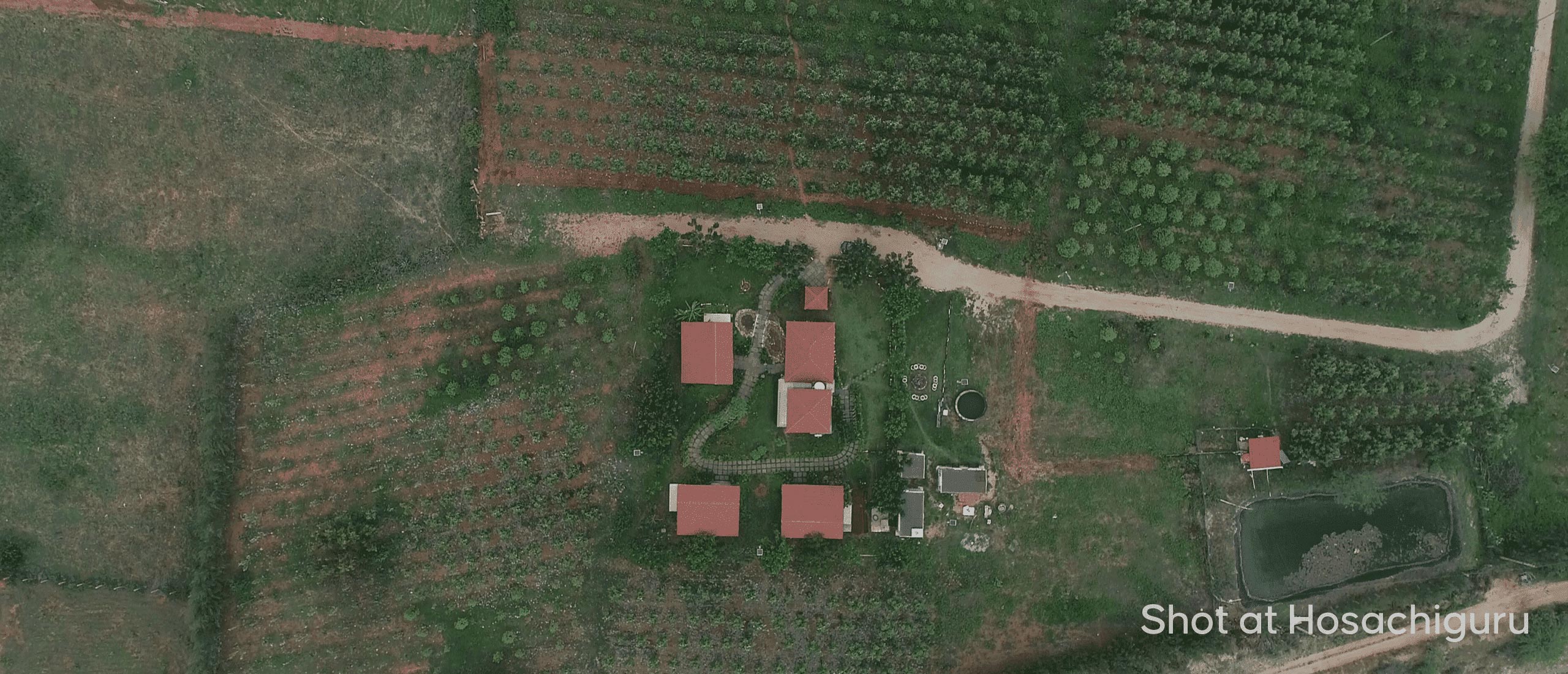July 7, 2025
If land is legacy, then agroforestry is how we protect it.
We are standing at a strange crossroads where food is plenty but soil is dying, where farmers grow plantations but not wealth, where land is owned but rarely cared for.
For decades, we’ve treated farmland like a machine—feed it chemicals, squeeze it for yield, and move on. But land isn’t a machine. It’s a living, breathing system. And when treated with the reverence it deserves, it heals, protects, and multiplies in value.
Agroforestry is a return. A return to wisdom that sees trees not as barriers but as protectors of plantations. A return to systems where biodiversity is the insurance policy. And a return to a kind of farming that doesn’t just serve markets, but revives ecosystems, restores dignity to the farmer, and builds generational wealth.
Agroforestry: Nature’s Own Investment Strategy
According to the Food and Agriculture Organization (FAO), agroforestry is a “dynamic, ecologically-based natural resource management system” that balances productivity with sustainability. But for farm owners, agroforestry is a blend of good ecology with smart economics.
Trees improve soil health, increase crop resilience, and unlock multiple revenue streams. Far from competing with plantations, they enhance their productivity by enriching the soil, improving microclimates, and supporting biodiversity.
Carbon Sinks, Not Carbon Sins
As we grapple with rising emissions and climate volatility, agroforestry proves its worth once again—this time as a climate hero.
India currently has 28.42 million hectares under agroforestry. Why does this matter? Because agroforestry systems have the potential to sequester between 0.25 and 19.14 megagrams of carbon per hectare per year. This turns farmland into a powerful tool for climate mitigation.
While climate summits debate offsets and reductions, a well-managed agroforestry plot quietly does the work, absorbing carbon, cooling the air, and rebuilding degraded ecosystems. In the hands of farmers, agroforestry becomes a climate solution.
Soil: From Exploited to Empowered
Climate resilience begins from the ground up—literally. And the success of any farm begins with the soil, and conventional agriculture has pushed it to its limits. But agroforestry, with its deep-rooted trees and organic systems, reverses this damage. It enhances:
- Chemical fertility by fixing nitrogen and unlocking nutrients
- Physical structure, improving aeration and water retention
- Biological life, promoting the growth of microbial communities essential for healthy plant growth
This isn’t just good for the planet—it’s good for yields and long-term farm profitability. A Diversity of Gains
One of agroforestry’s greatest strengths is its ability to diversify both land use and income. Managed properly, it supports multiple layers of production—timber, fruits, vegetables, herbs—all growing in harmony. It provides:
- Higher crop yields, thanks to improved soil and water management
- Natural pest control from increased biodiversity
- Steady income from staggered harvest cycles (short-term crops, medium-term fruits, long-term timber)
- Reduced input costs due to reduced reliance on synthetic fertilizers and pesticides
In short, agroforestry shifts agriculture from extractive to regenerative, from seasonal to perennial, from uncertain to resilient.
Reviving Rural Livelihoods
The benefits of agroforestry don’t end with soil and harvests. They ripple outward—touching lives, reviving communities, and restoring dignity to rural livelihoods.
The National Agricultural Policy (2000) observed that agriculture had become “a relatively unrewarding profession,” pushing rural populations toward cities in search of opportunity. But agroforestry can help reverse this migration by making farming both dignified and rewarding.
By creating jobs, supporting local economies, and regenerating ecosystems, agroforestry becomes a vehicle not just for environmental restoration but for social justice and economic resilience.
The Biophysical Benefits You Can Measure
While the vision is inspiring, the data is just as compelling. Agroforestry doesn’t just sound good—it works. It’s proven by science and it provides:
- Improved soil fertility through enhanced nutrient cycling (N, P, K, Ca)
- Reduced soil erosion due to strong, deep-rooted tree systems
- Increased water retention and aquifer recharge
- Favorable microclimates through shaded canopies and moderated temperatures
- Higher biodiversity in both flora and fauna
- Watershed protection, strengthening land’s resilience to droughts and floods
These are not theories, they are measurable outcomes, seen on the ground across India’s agroforestry landscapes.
Hosachiguru: Agroforestry That Grows The Real Wealth
Among the many managed farmland companies in and around Bangalore, Hosachiguru stands apart, not only as a pioneer in this space but as a steward of regenerative practices.
With 10+ years of experience and over 25 projects across Karnataka, Andhra Pradesh, and Tamil Nadu, Hosachiguru blends ancient wisdom with modern agronomy. Our expert-designed agroforestry systems ensure that trees and crops support, rather than compete with, each other. Deep-rooted trees are selected to minimize competition with shallow-rooted crops, creating a harmonious polyculture that thrives.
By cross-leveraging resources across projects, Hosachiguru brings down setup costs, improves operational efficiency, and amplifies environmental sustainability. Most importantly, it creates economic opportunities for marginalized rural communities, enhances local supply chains, and builds ecosystems that regenerate over time.
With 1500+ co-farmers who have invested in and benefited from this model, Hosachiguru represents more than just a managed farmland company, it represents a movement.
Final Word
Agroforestry is about planting permanence. It’s about cultivating wealth that doesn’t just last one season but spans generations. It’s the difference between land as commodity and land as legacy.
For those who seek a future where profit aligns with the planet, and productivity aligns with purpose, agroforestry offers a path forward. And at Hosachiguru we are already walking towards it with open hearts, open hands, and deep roots.
Explore Hosachiguru’s managed farmland offerings and become part of a growing community reimagining what land, life, and legacy can look like.
